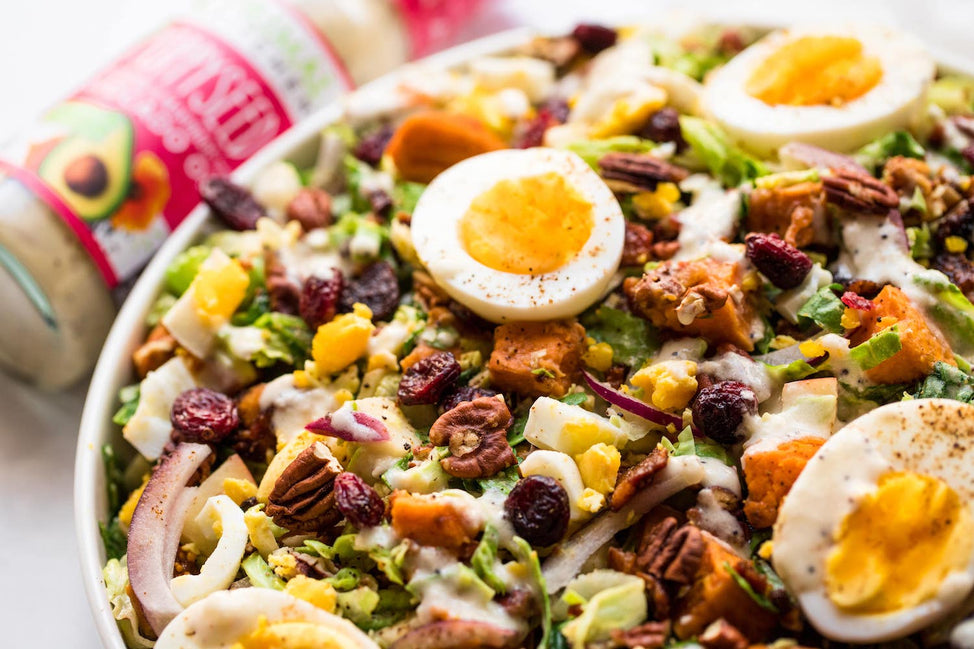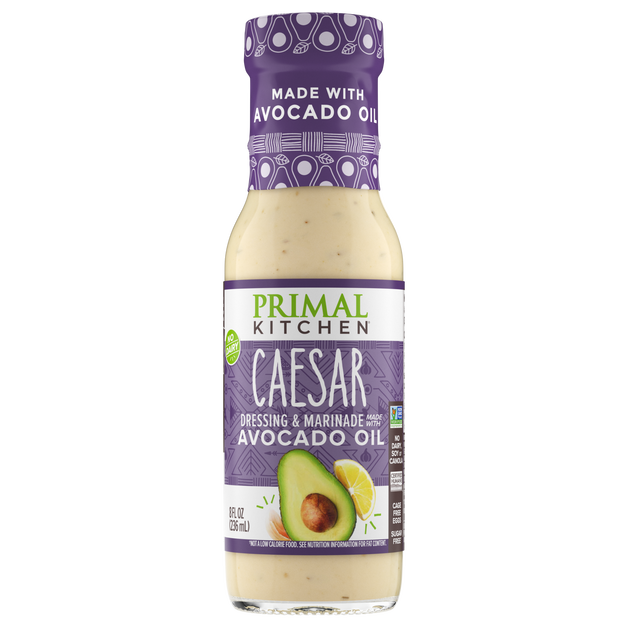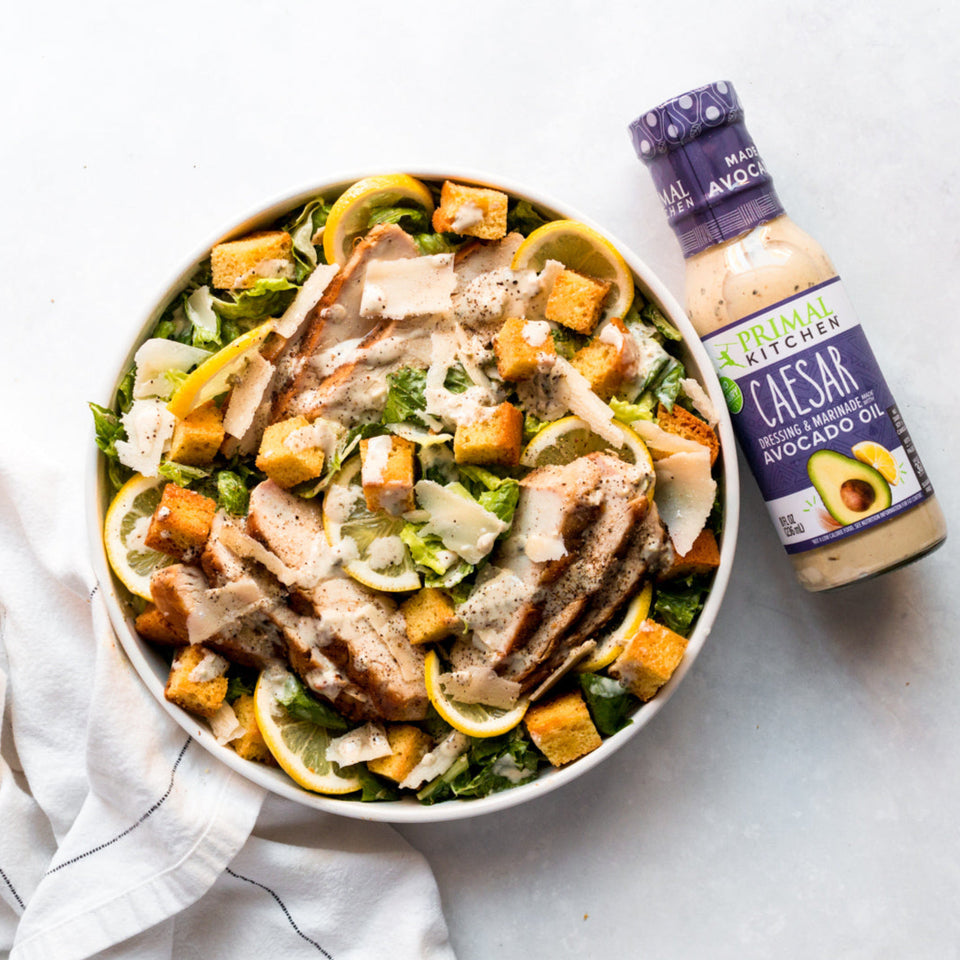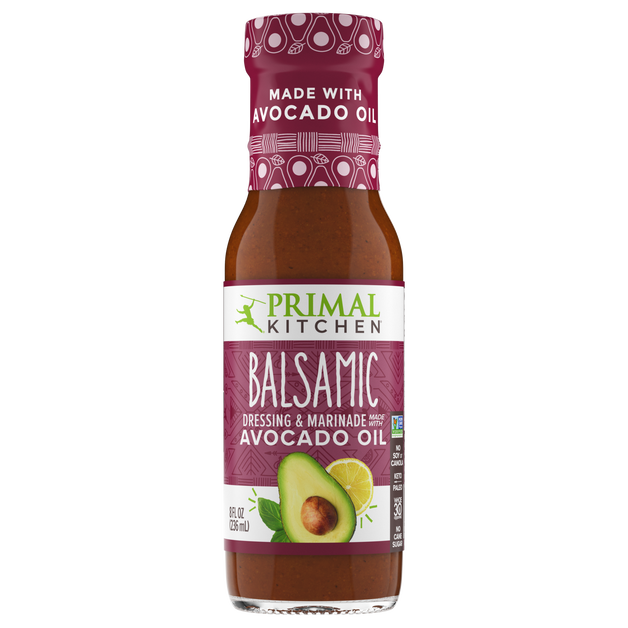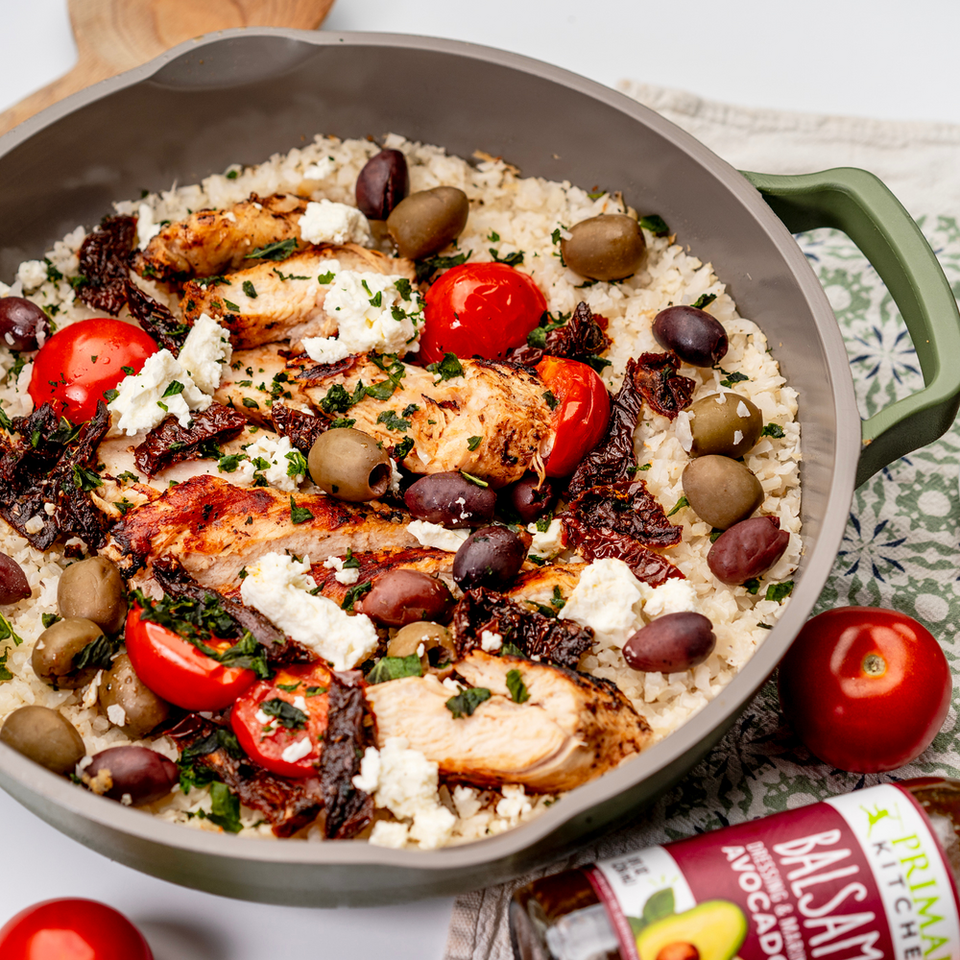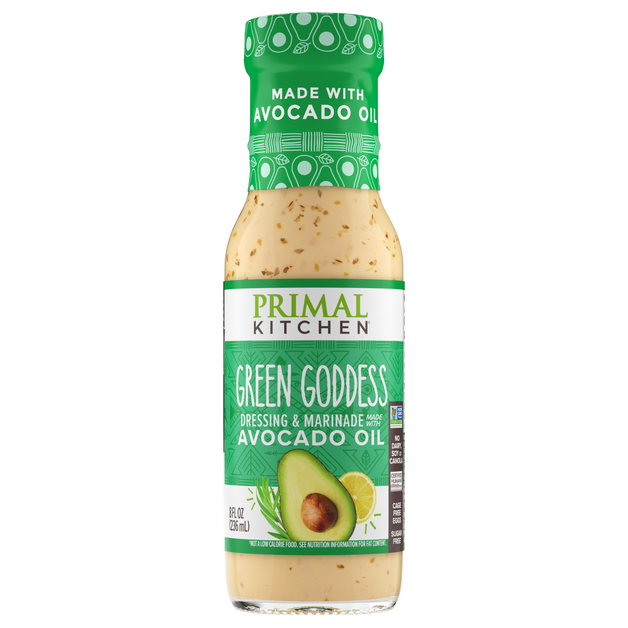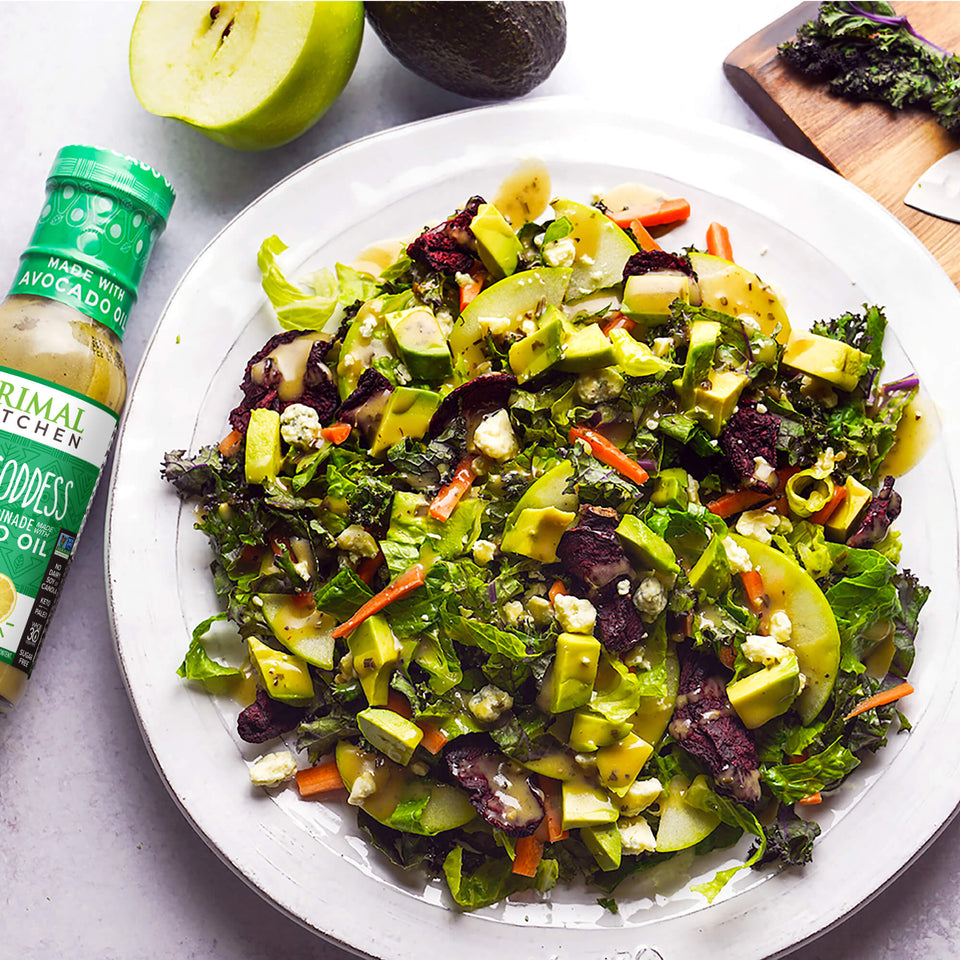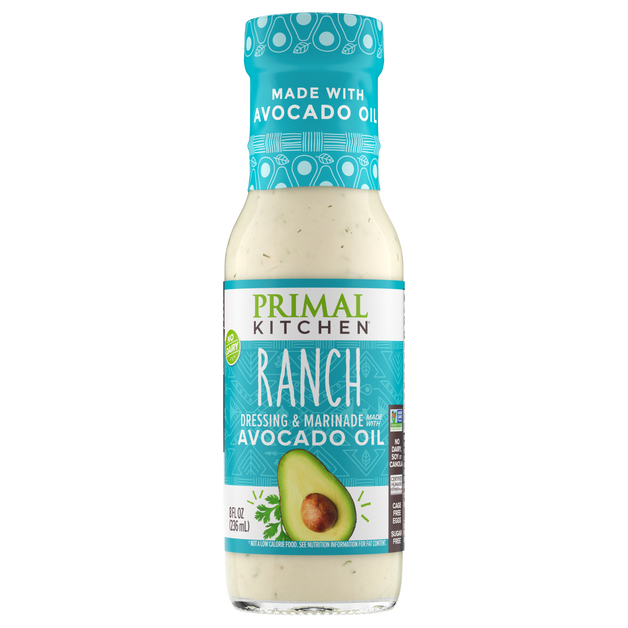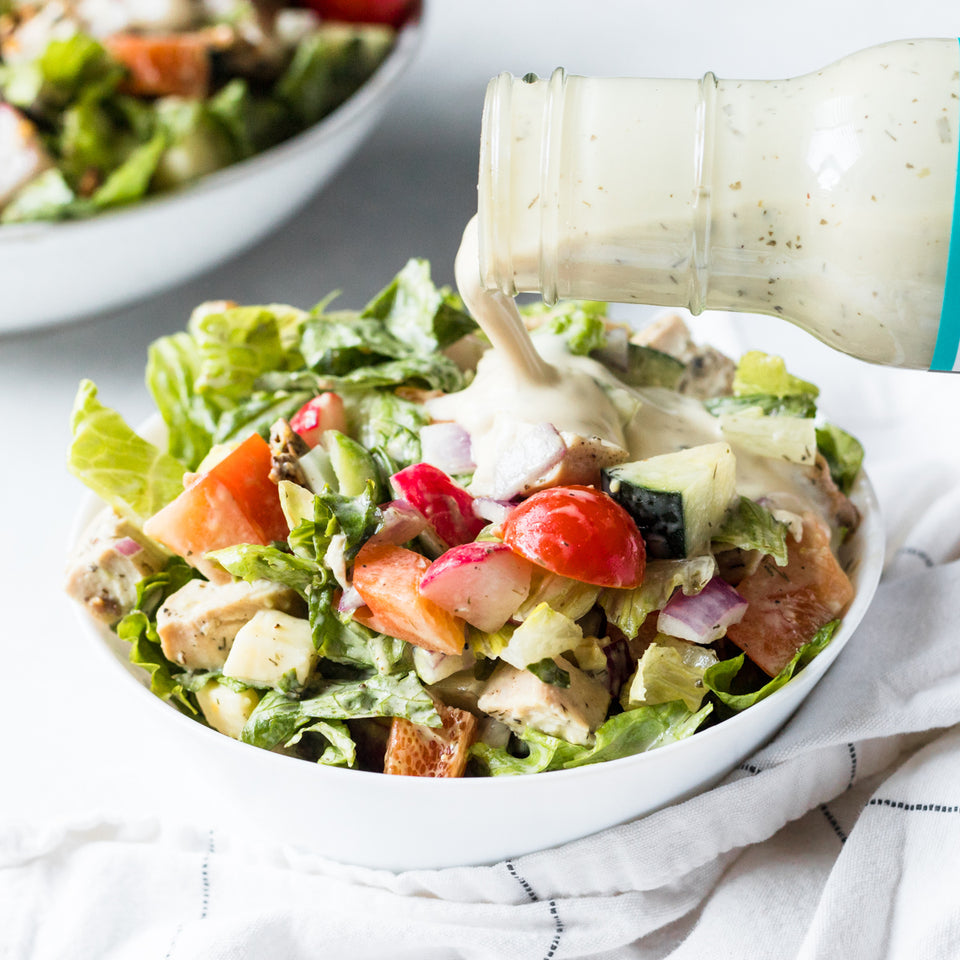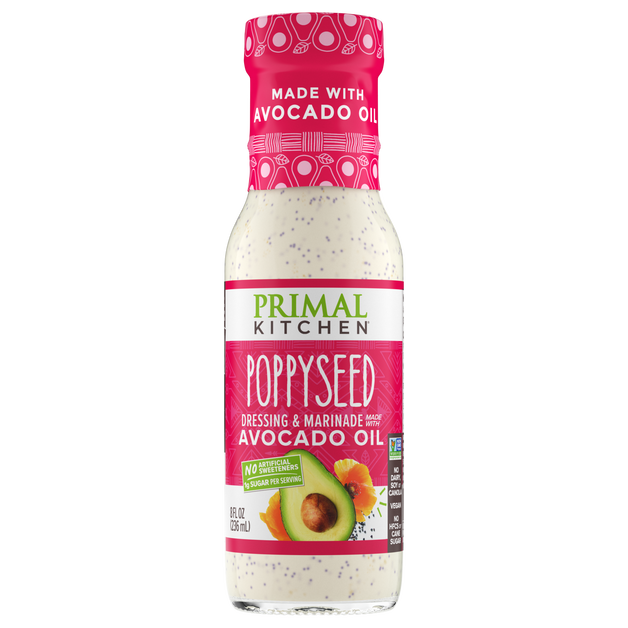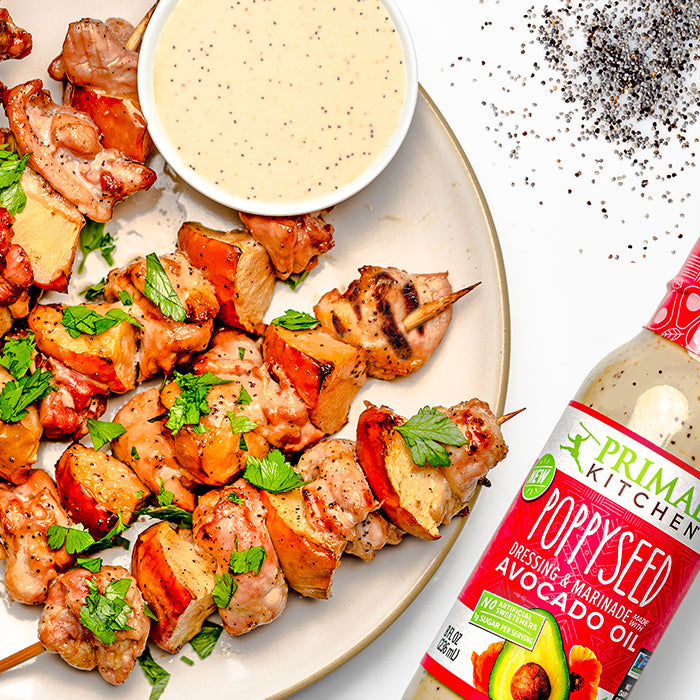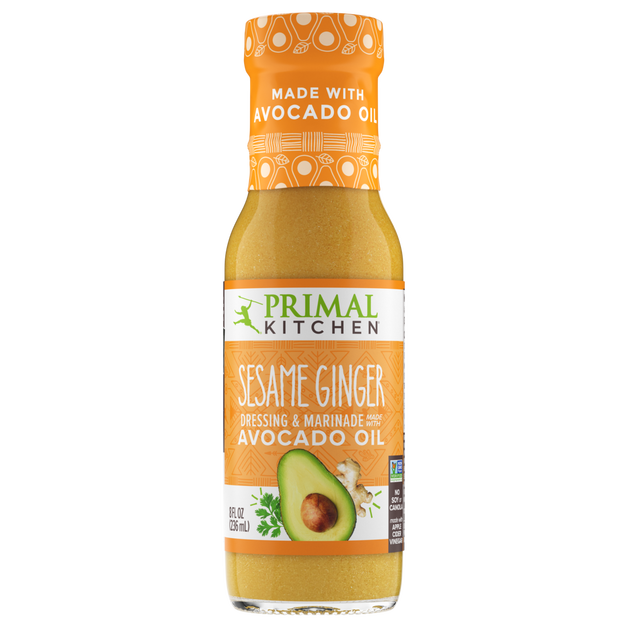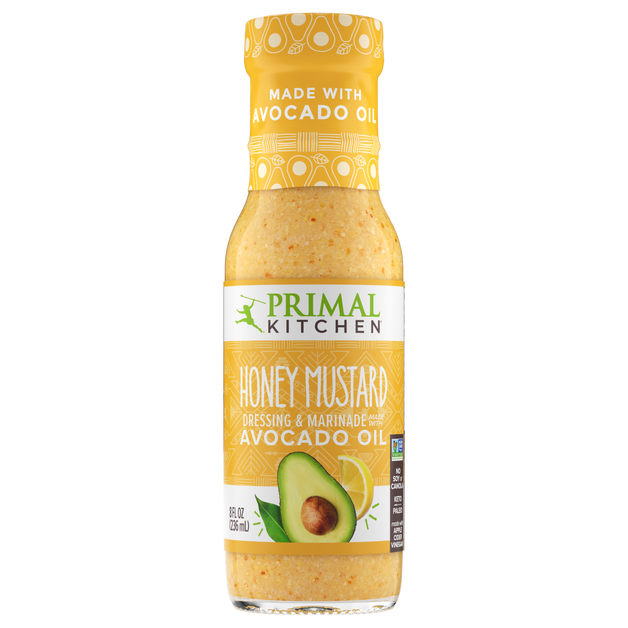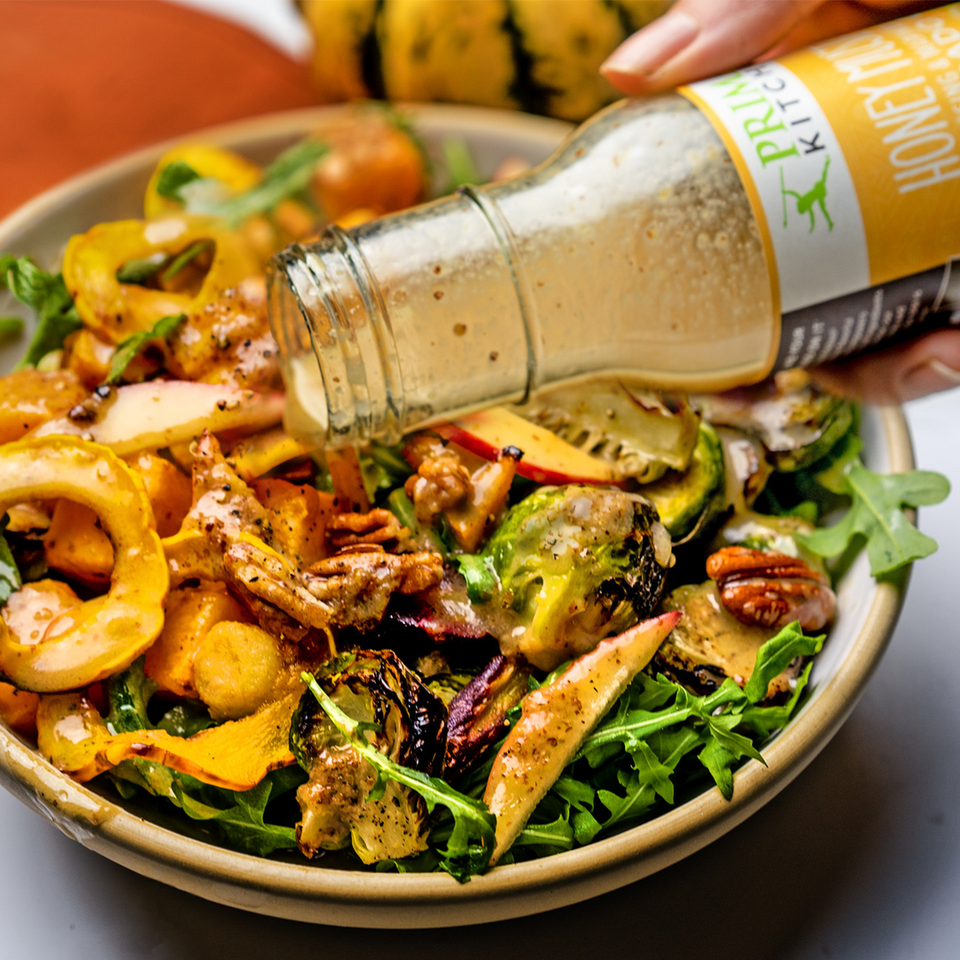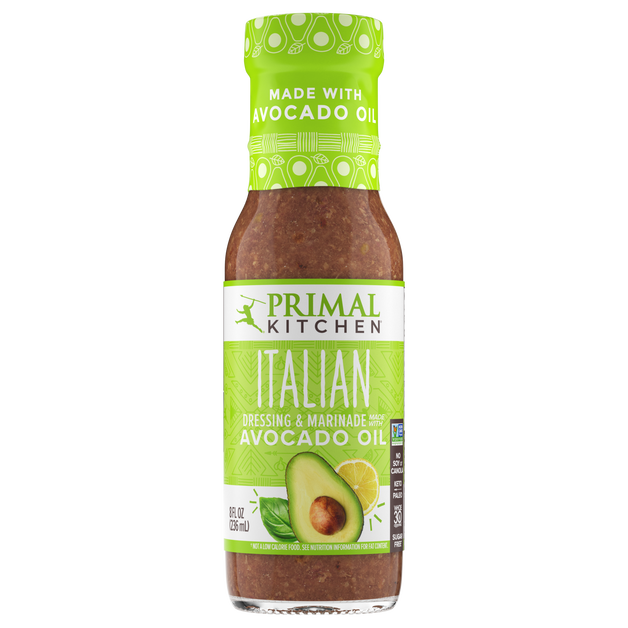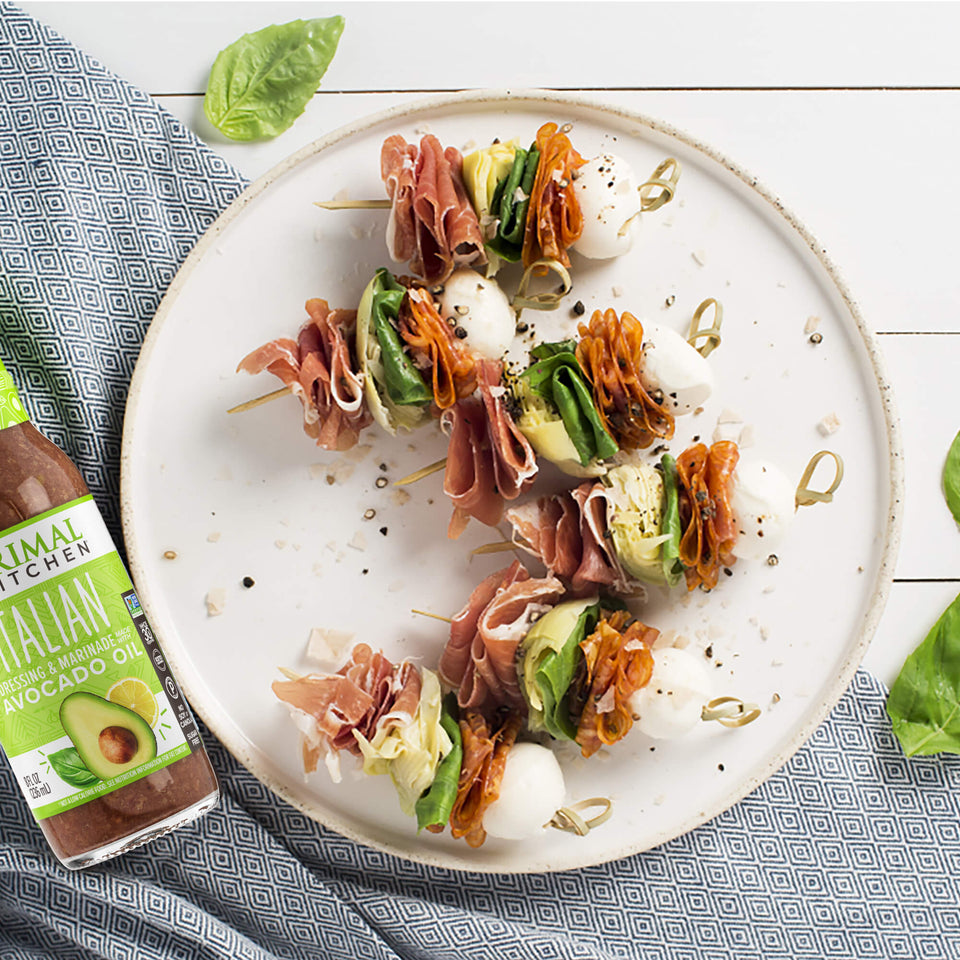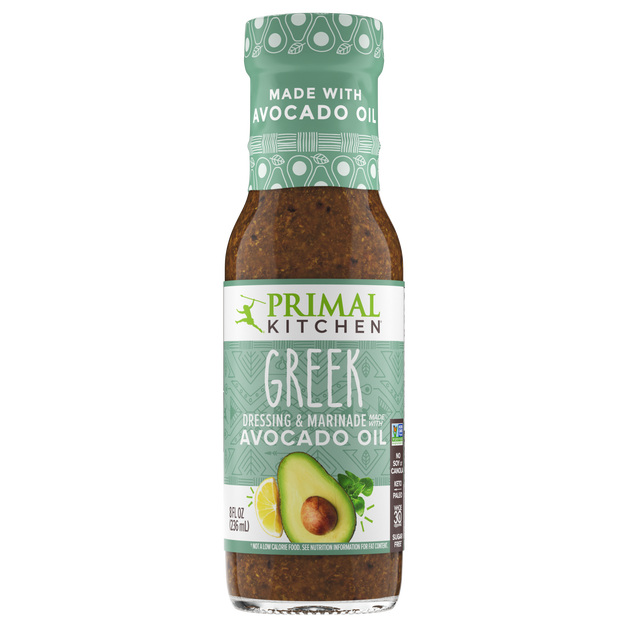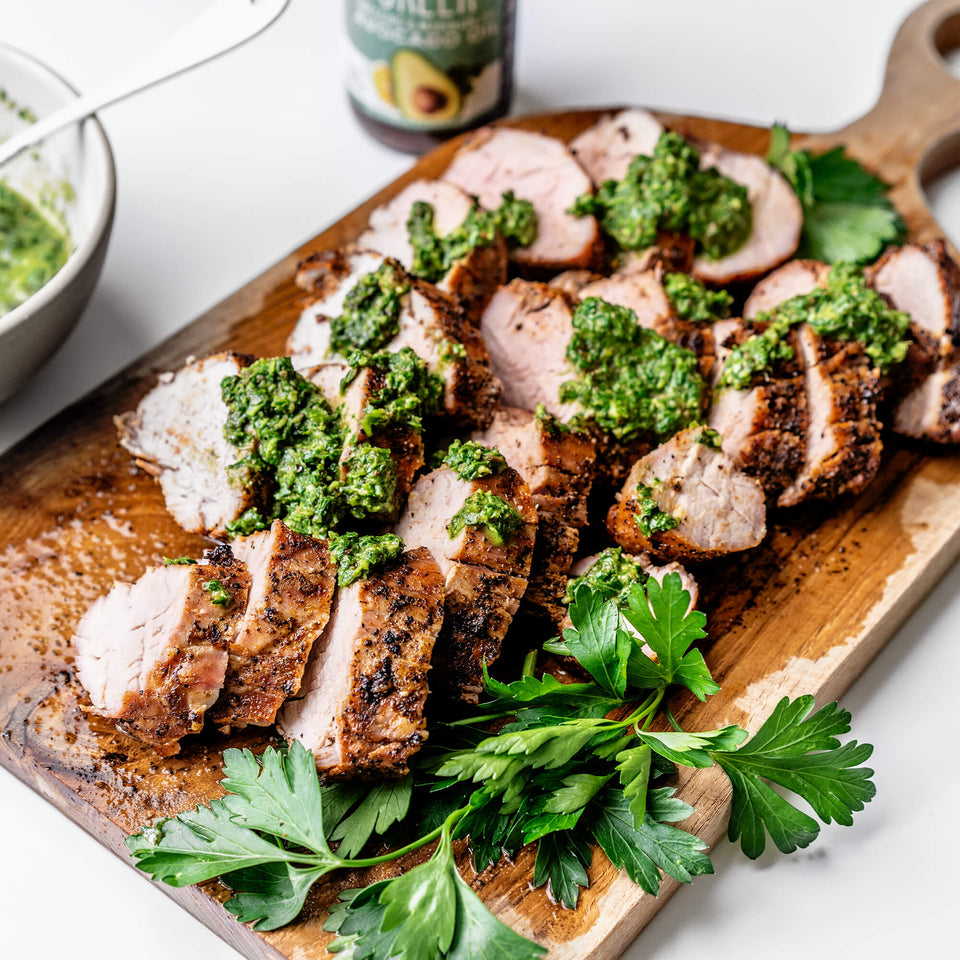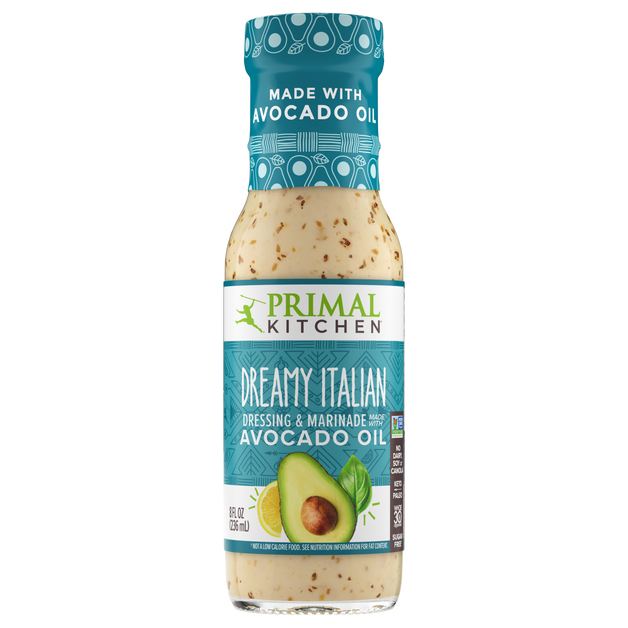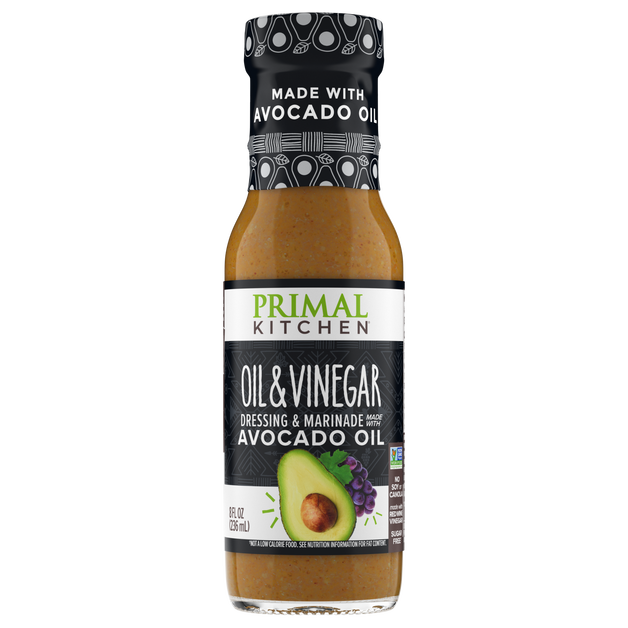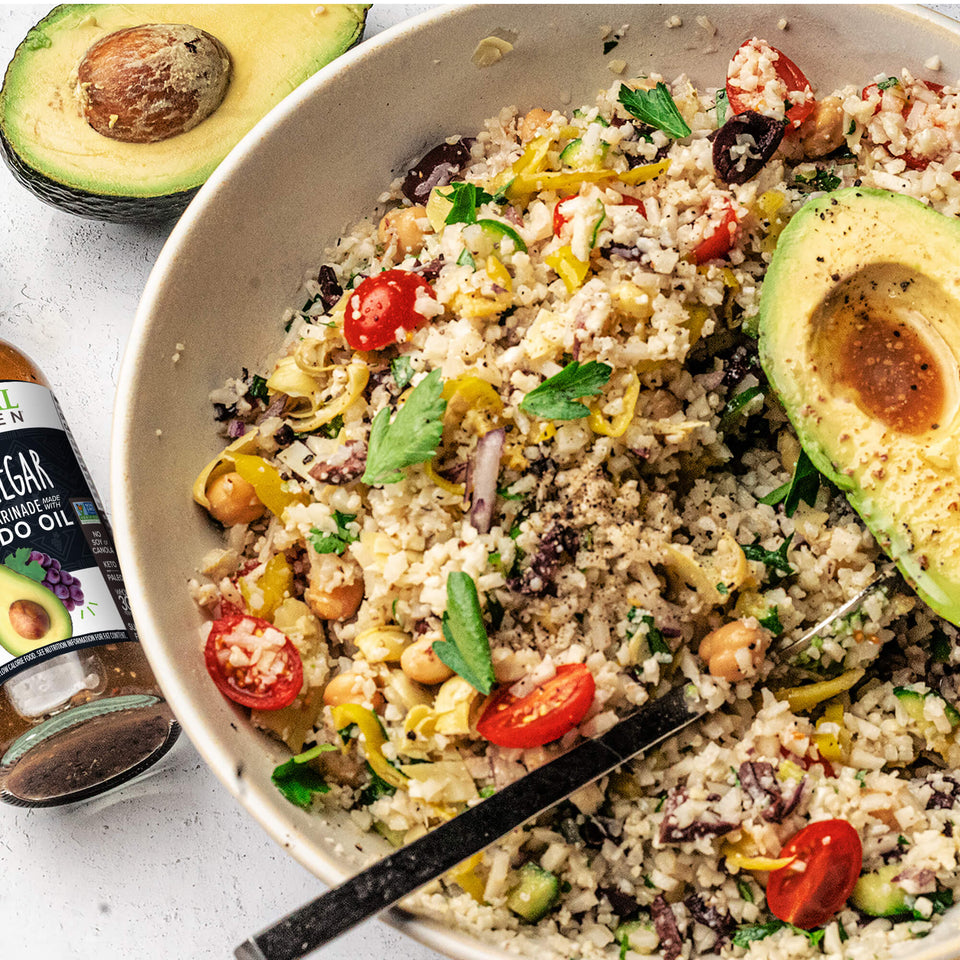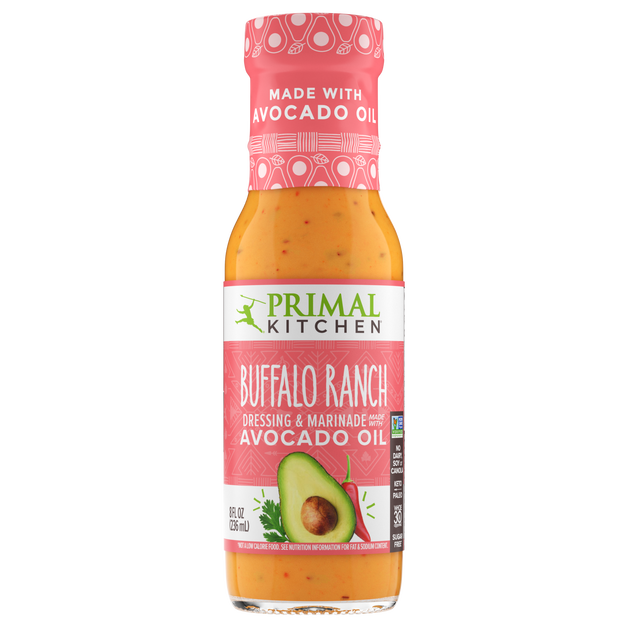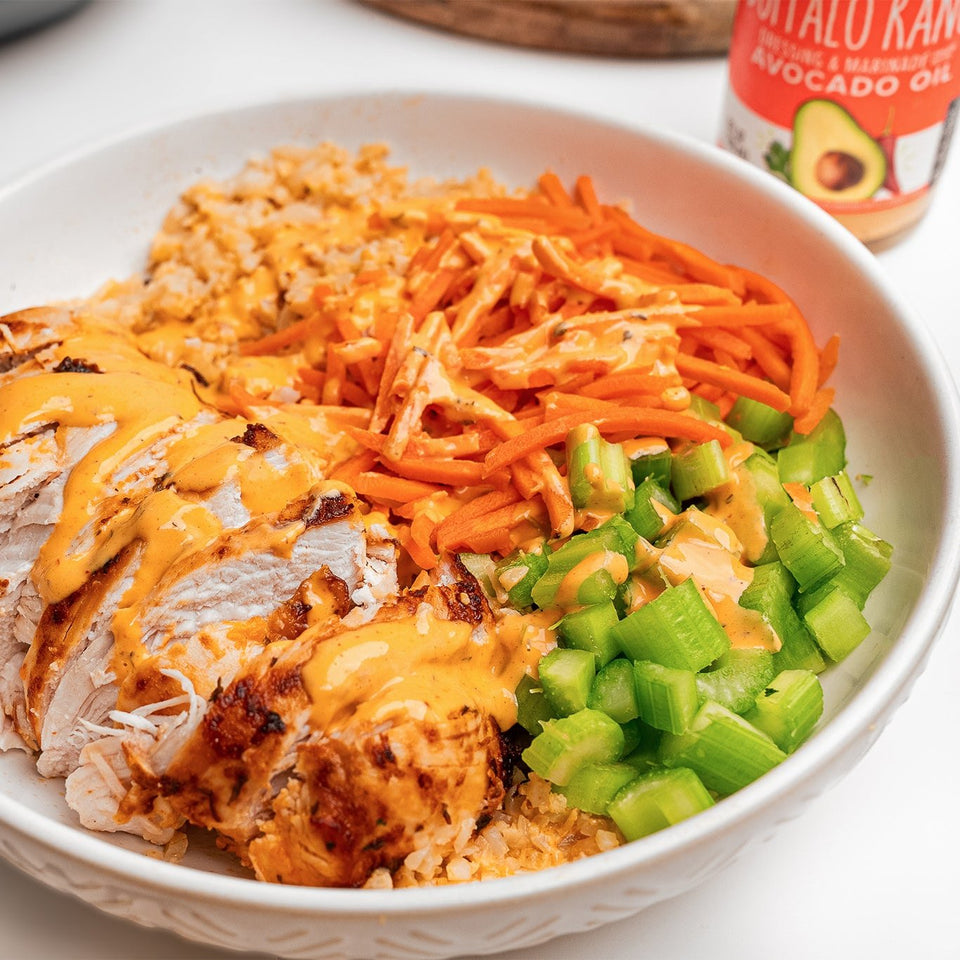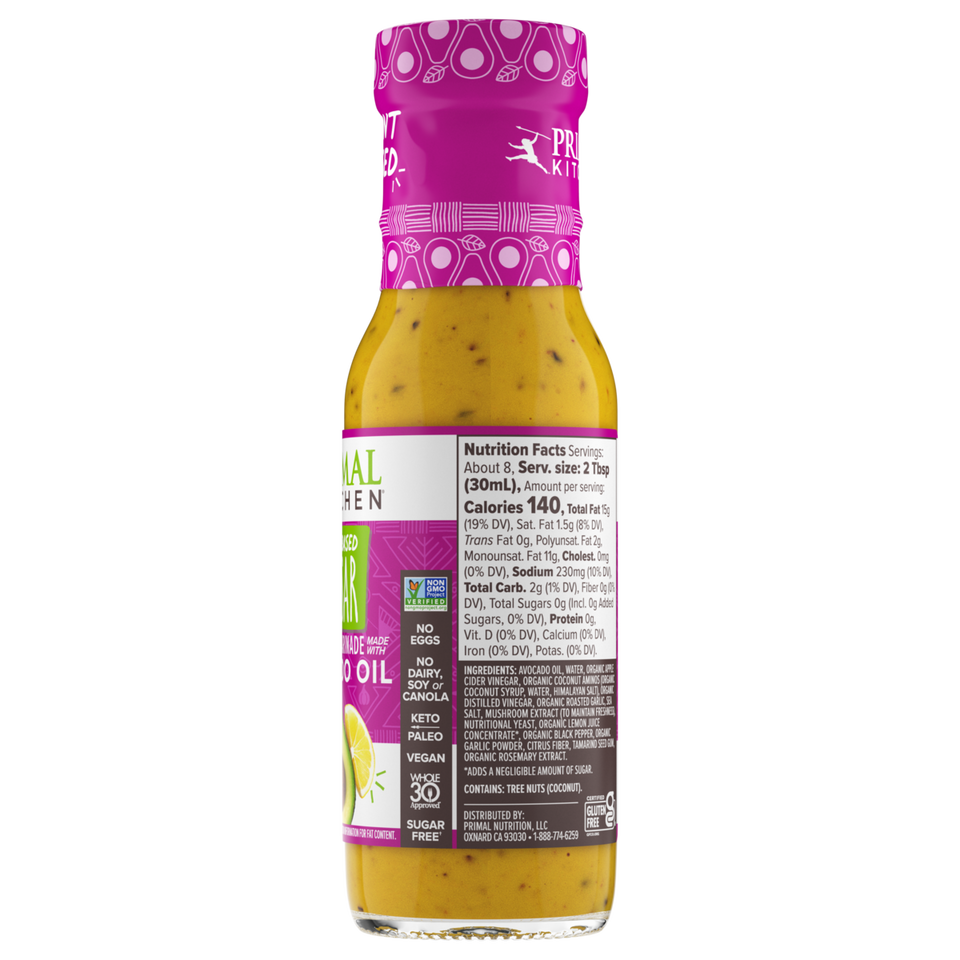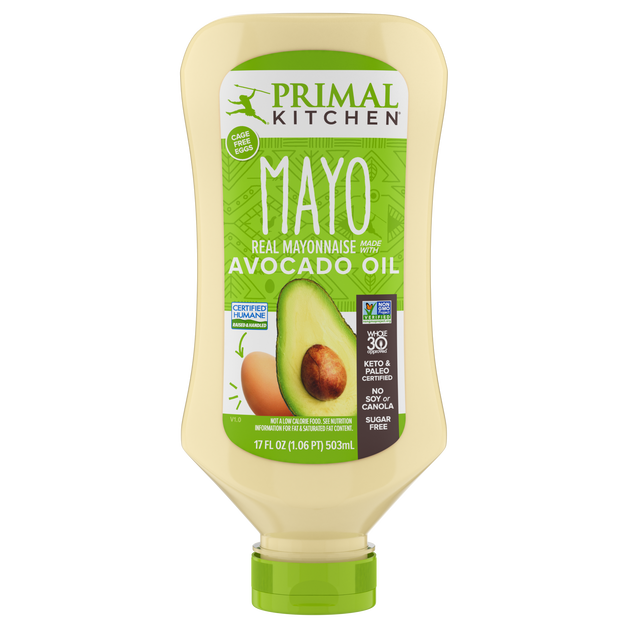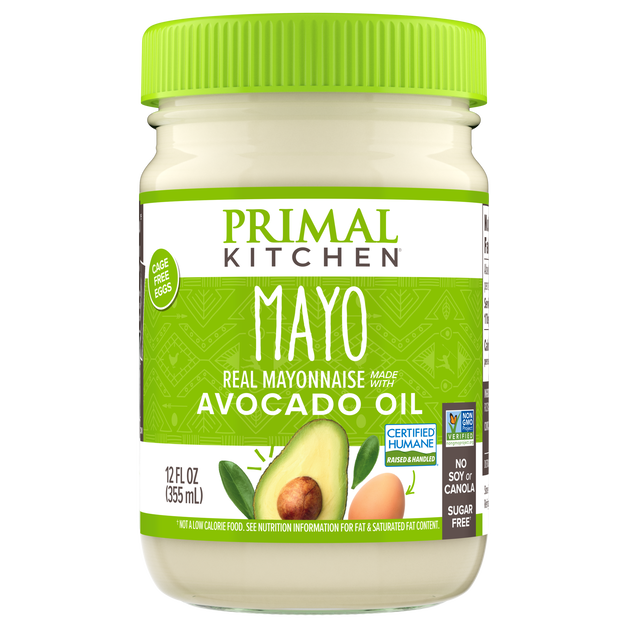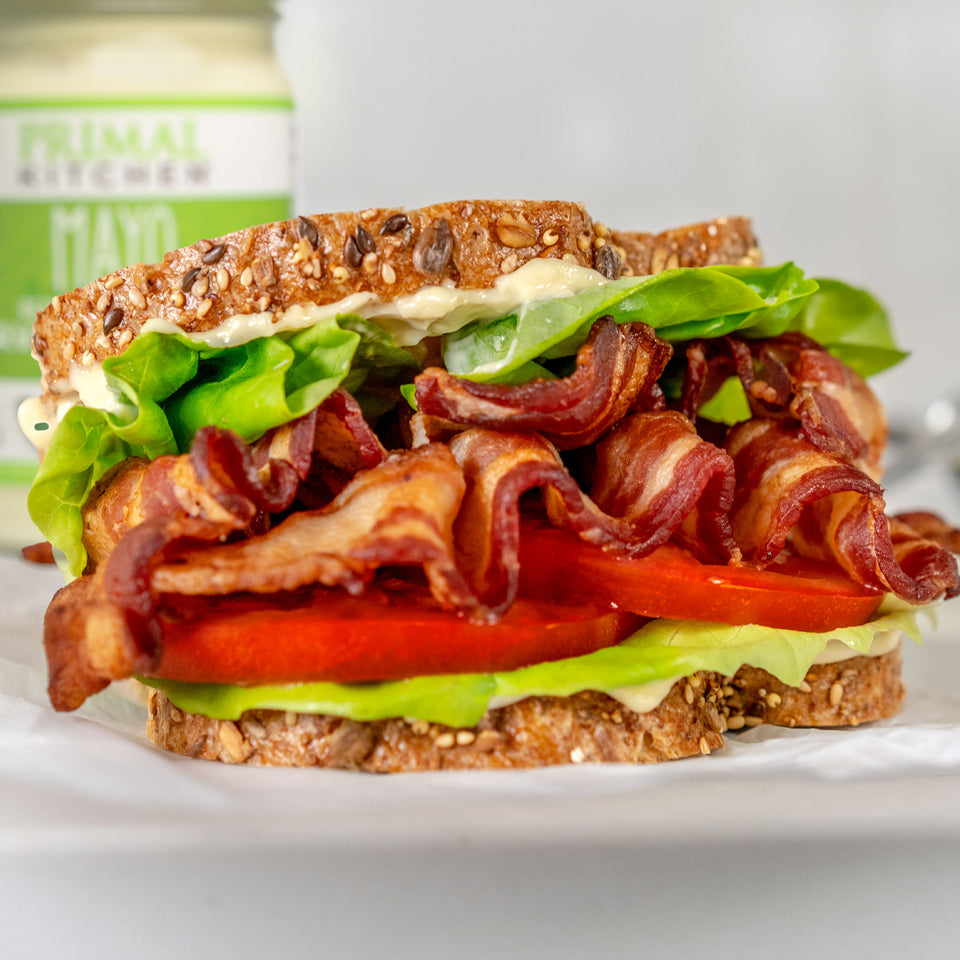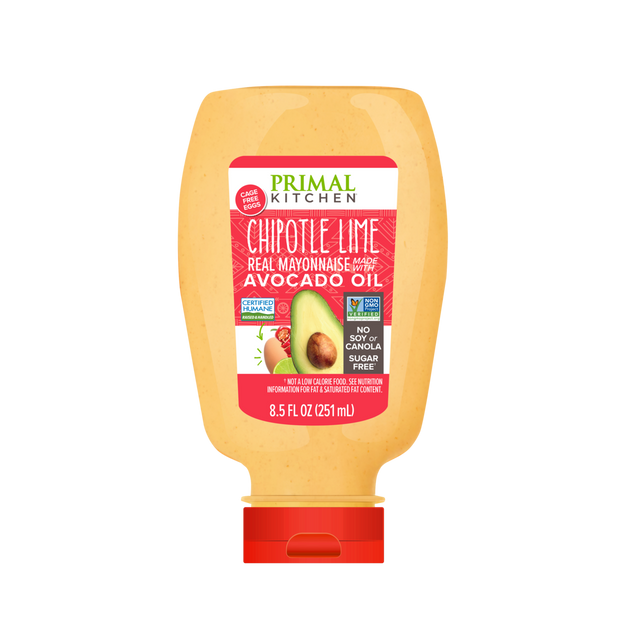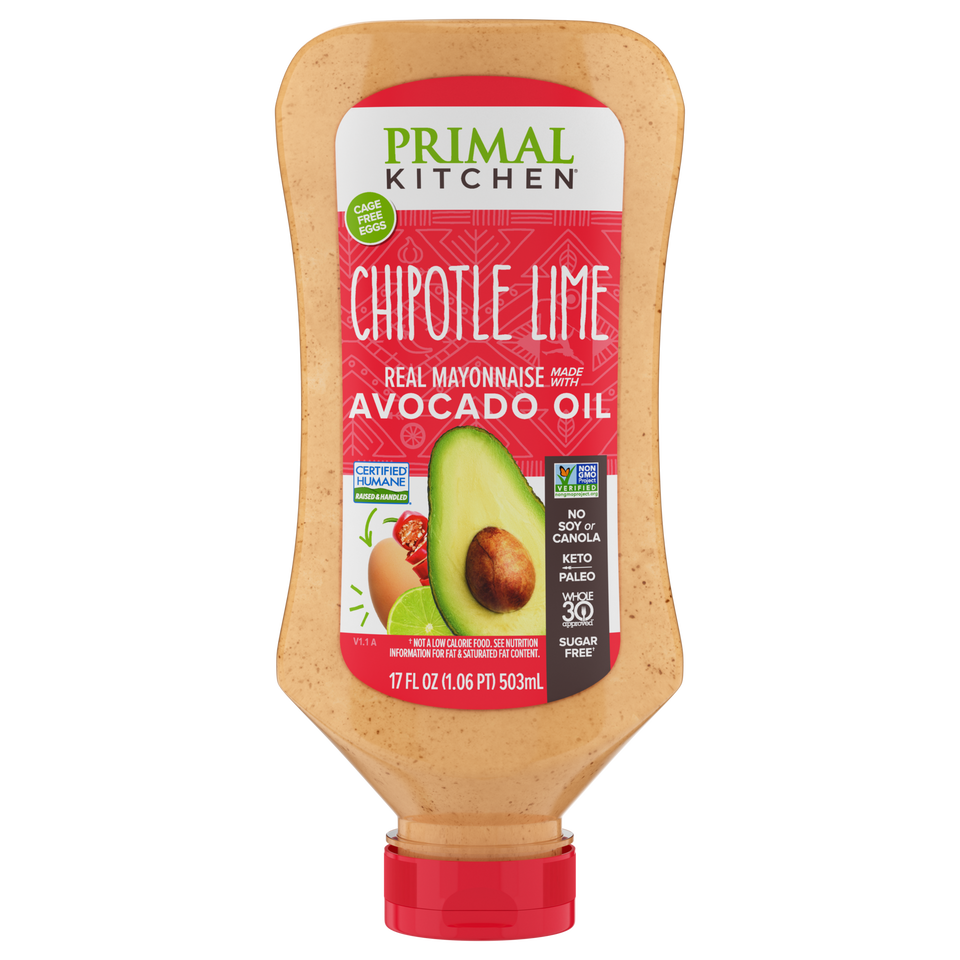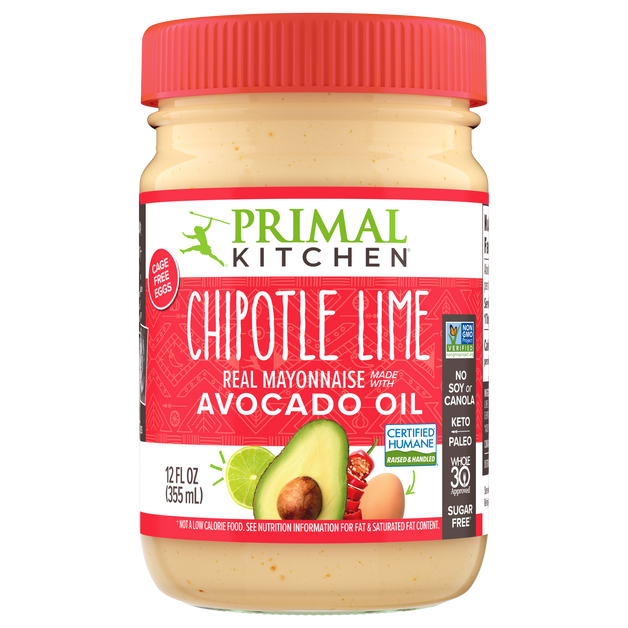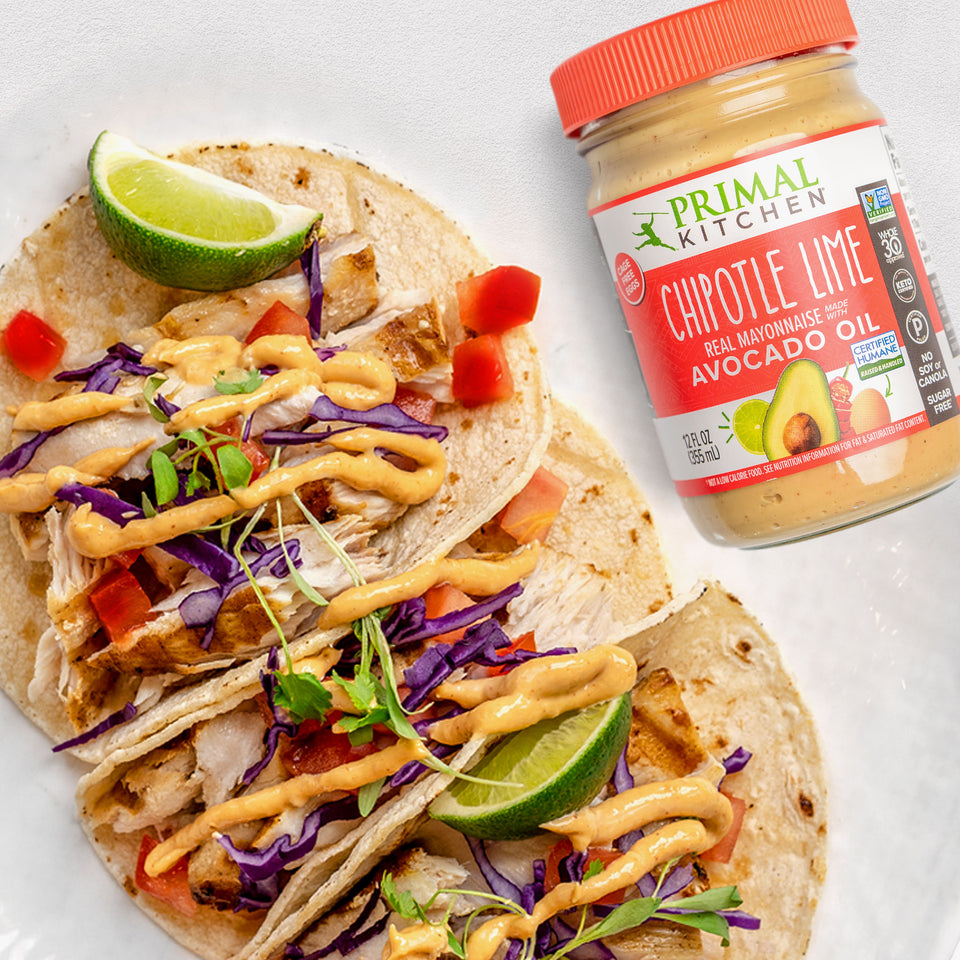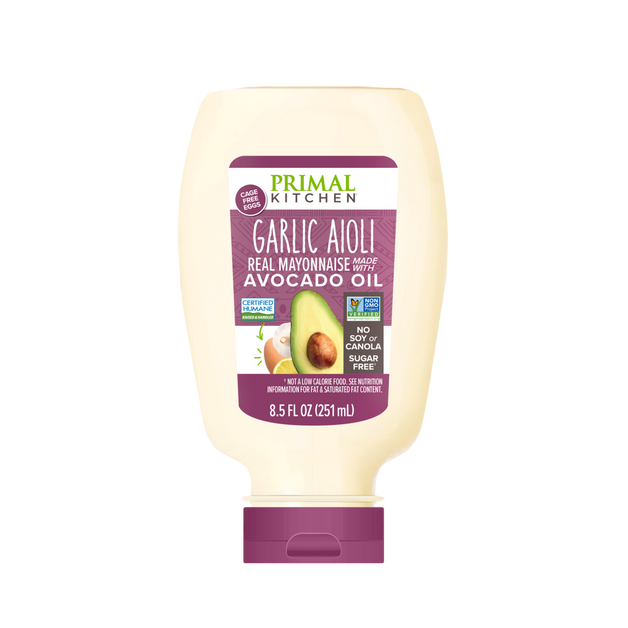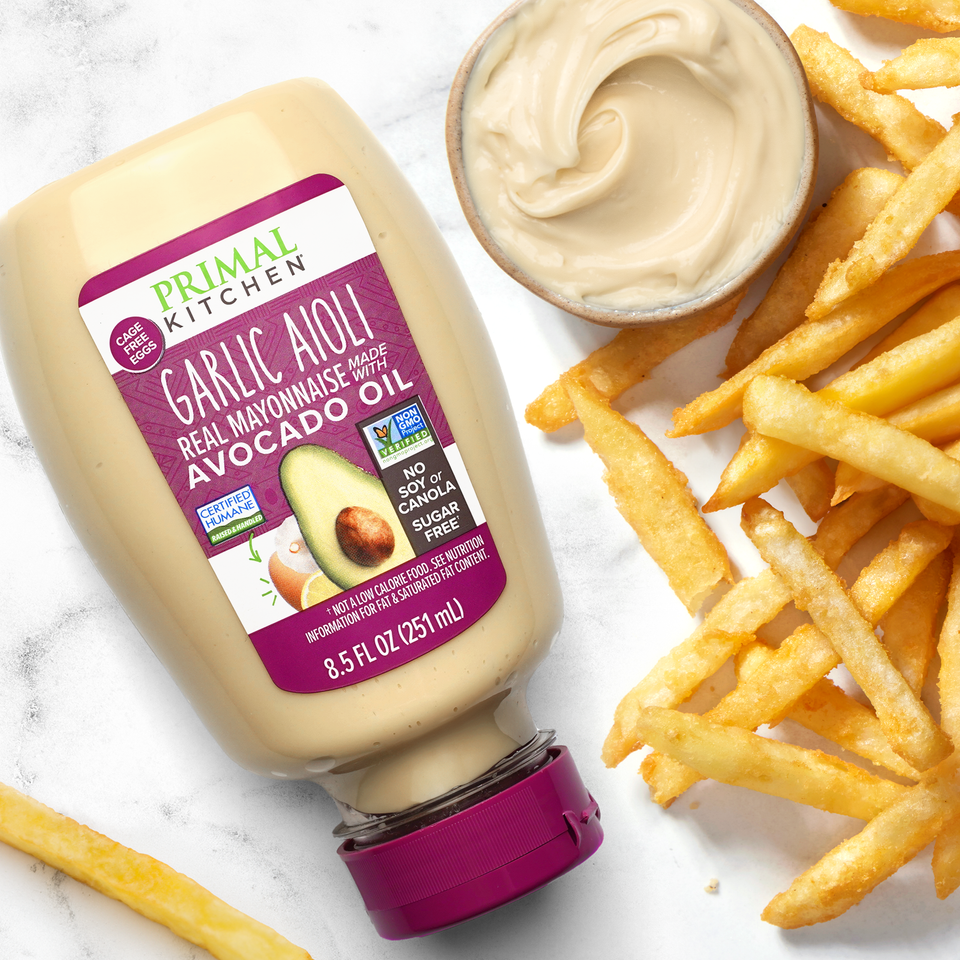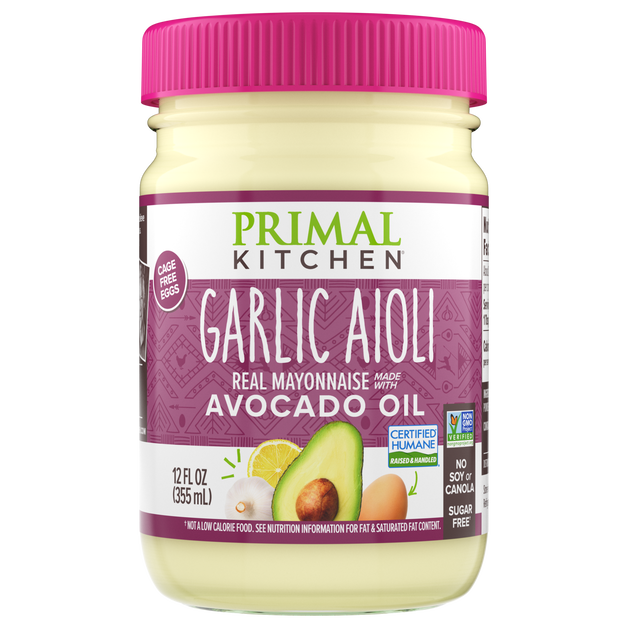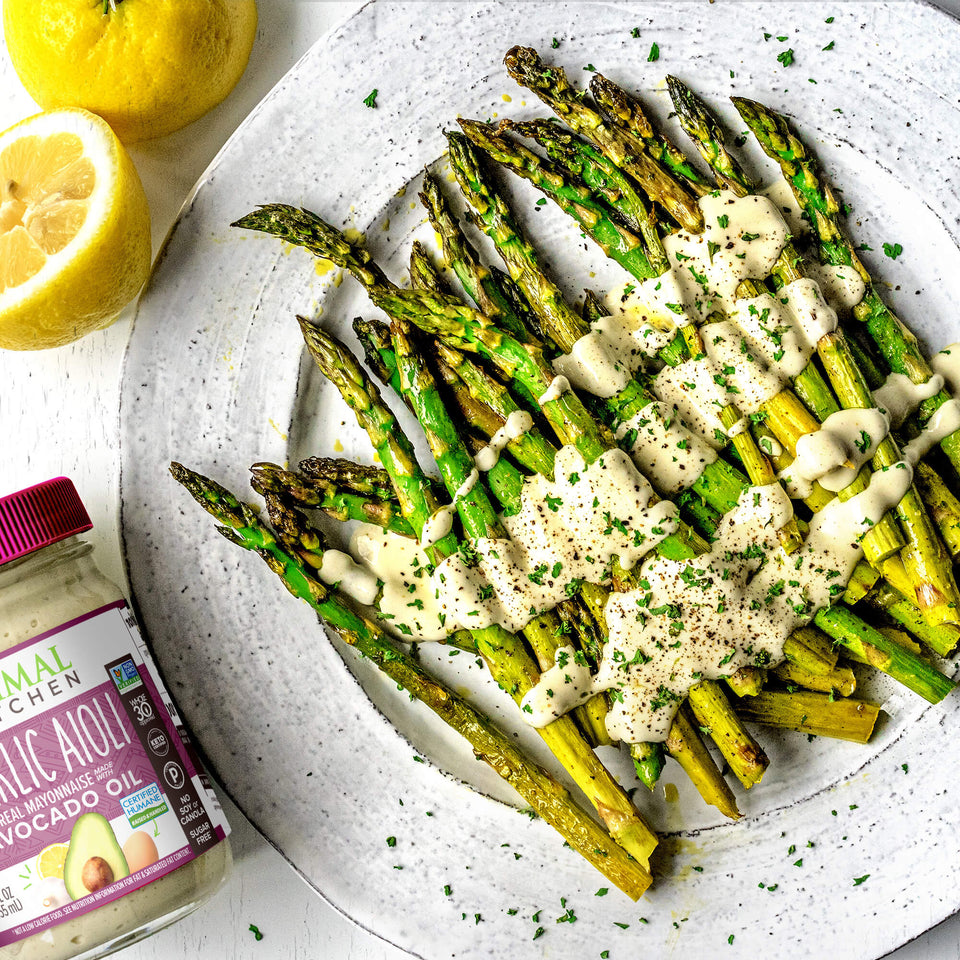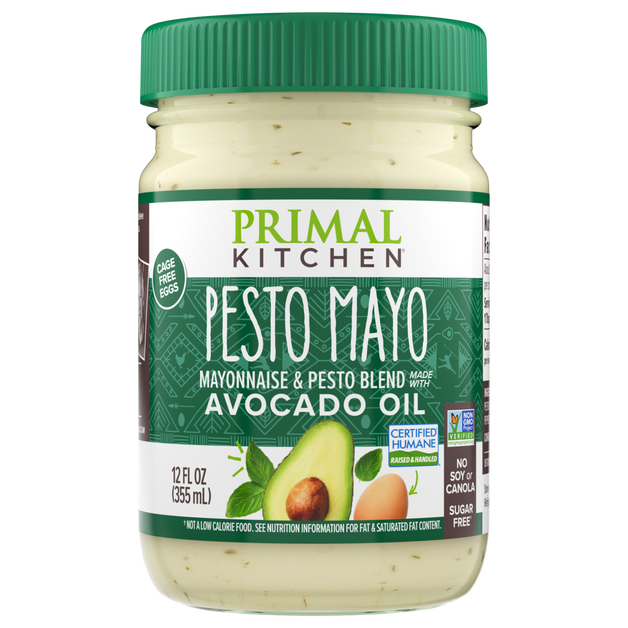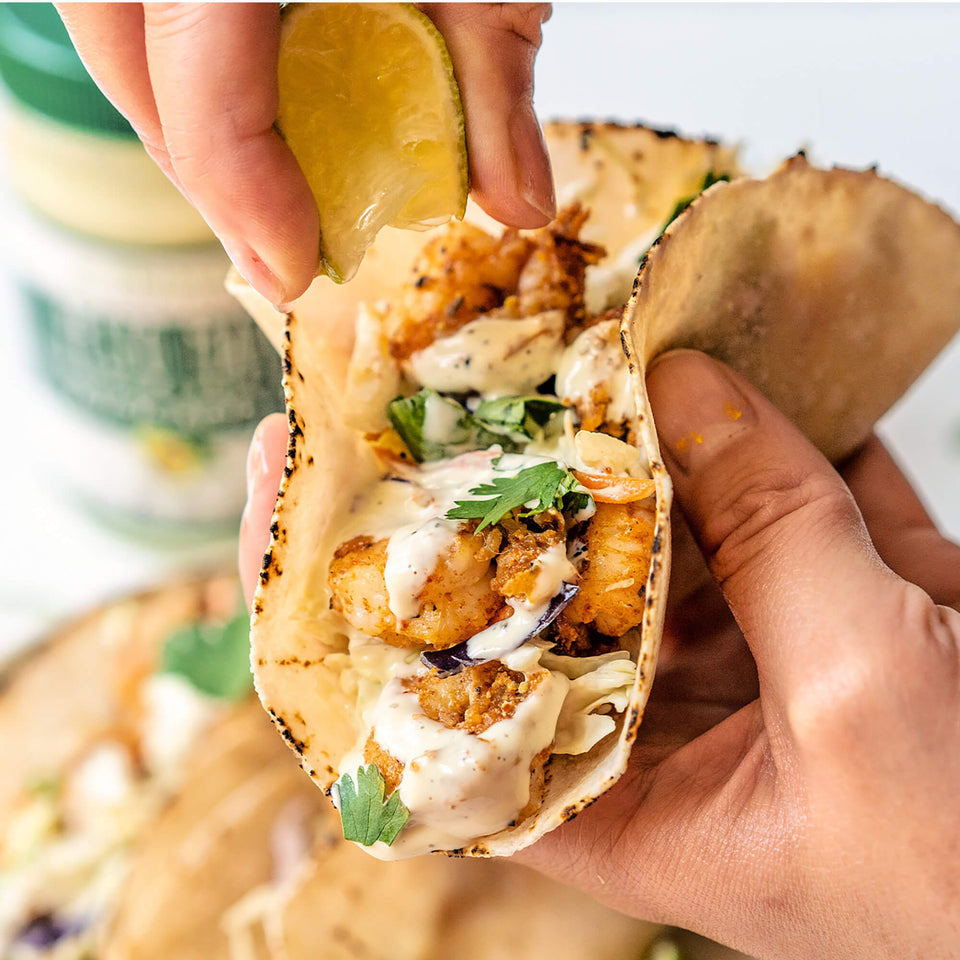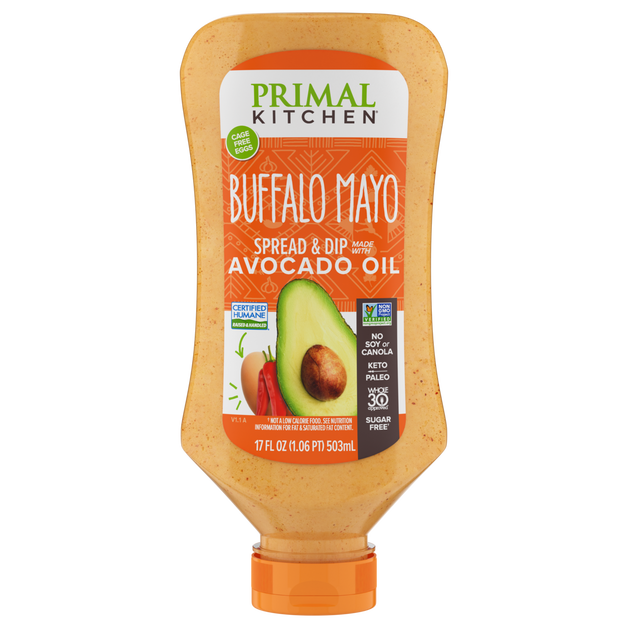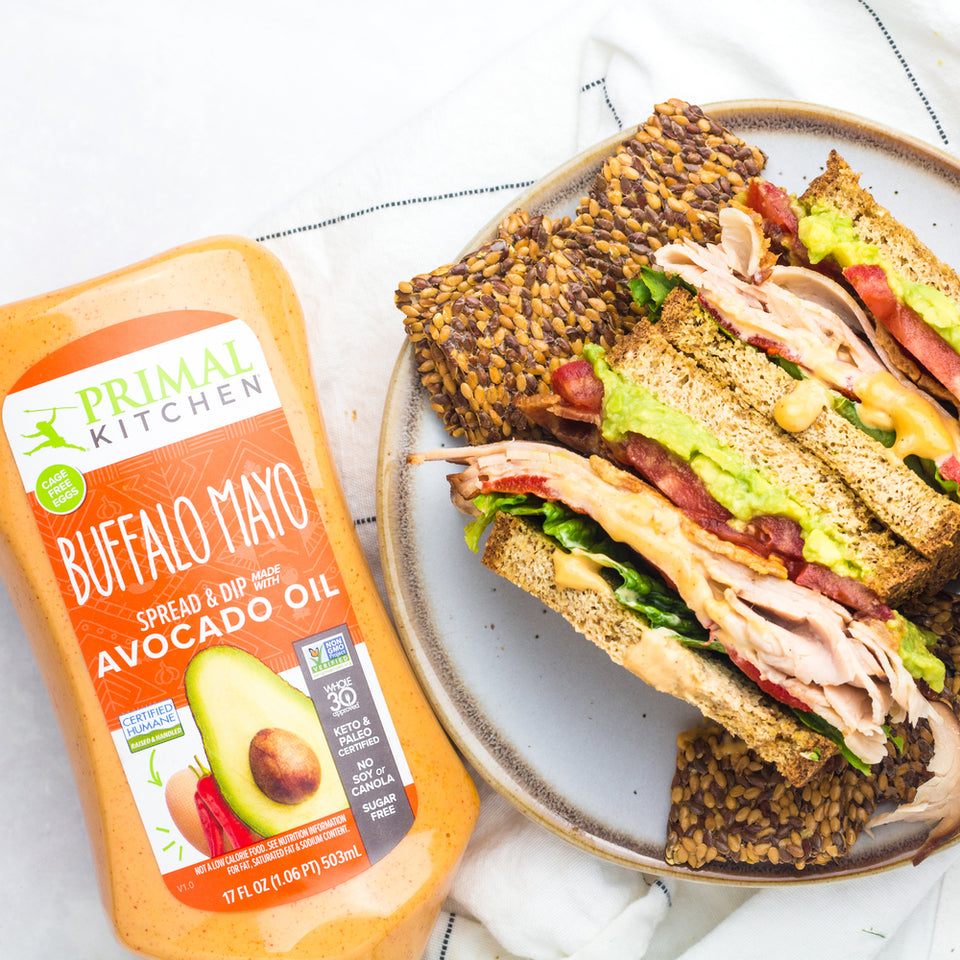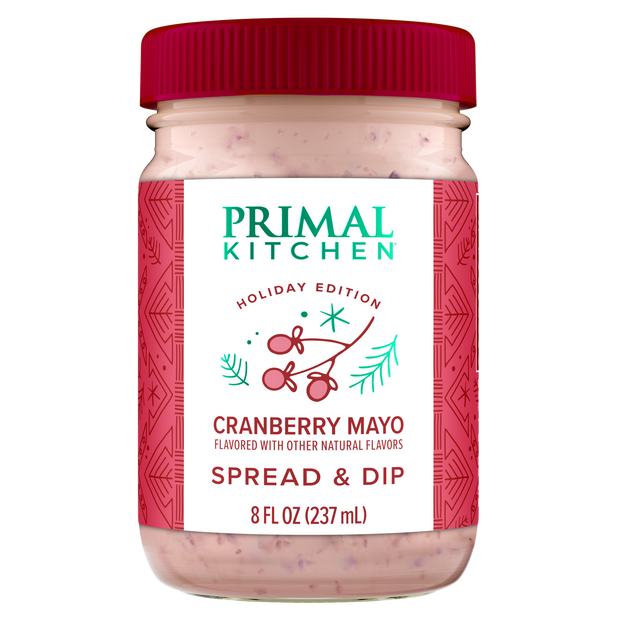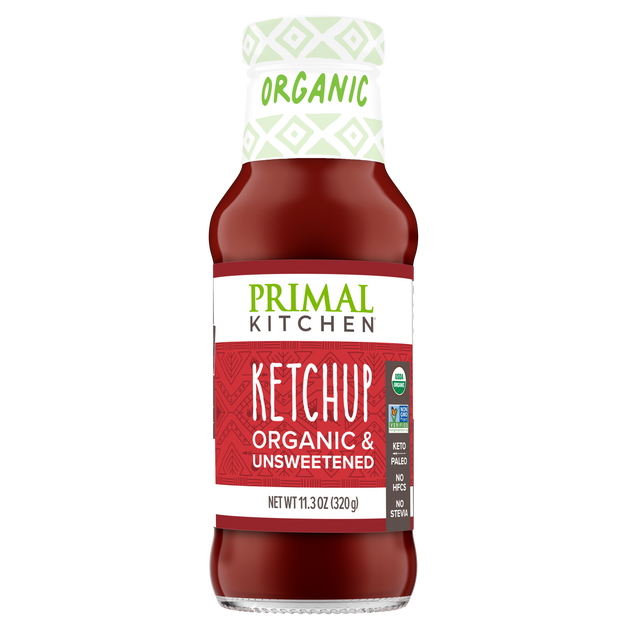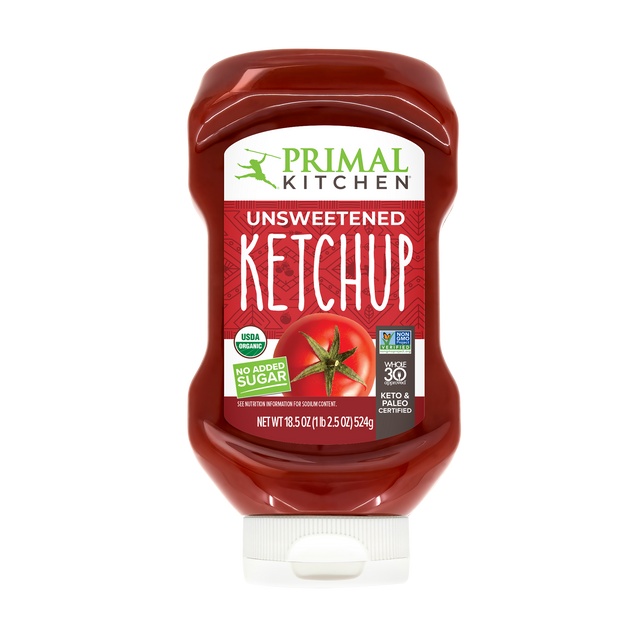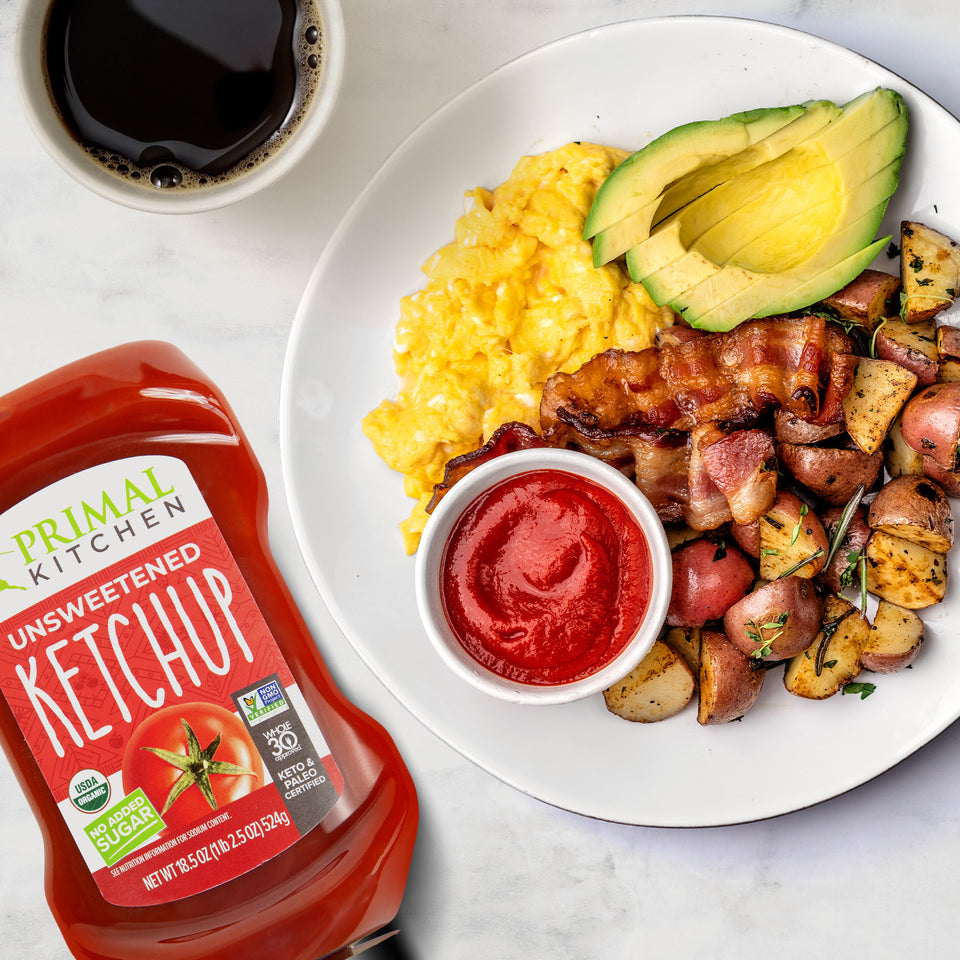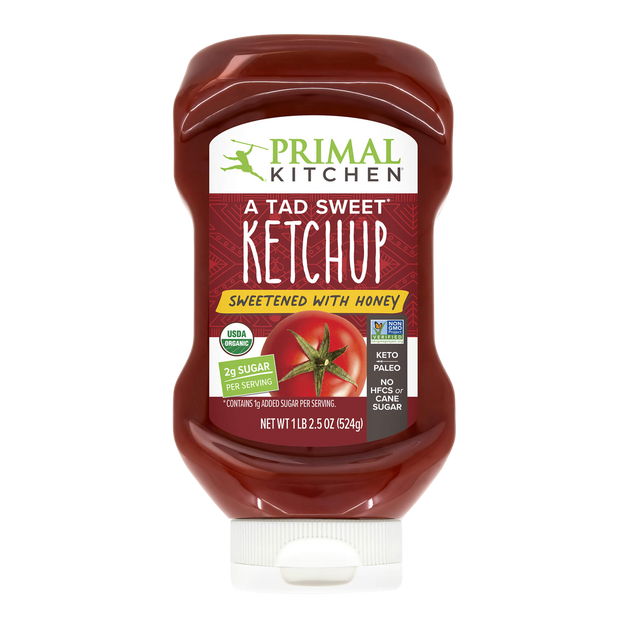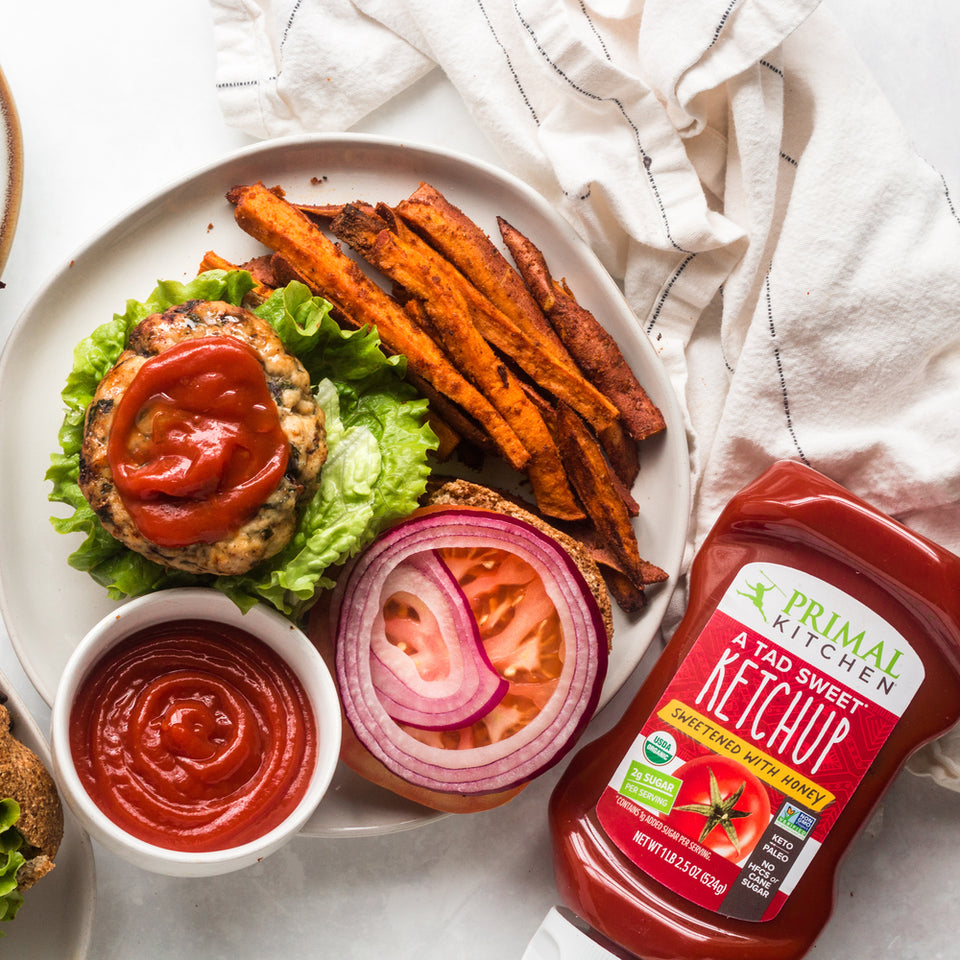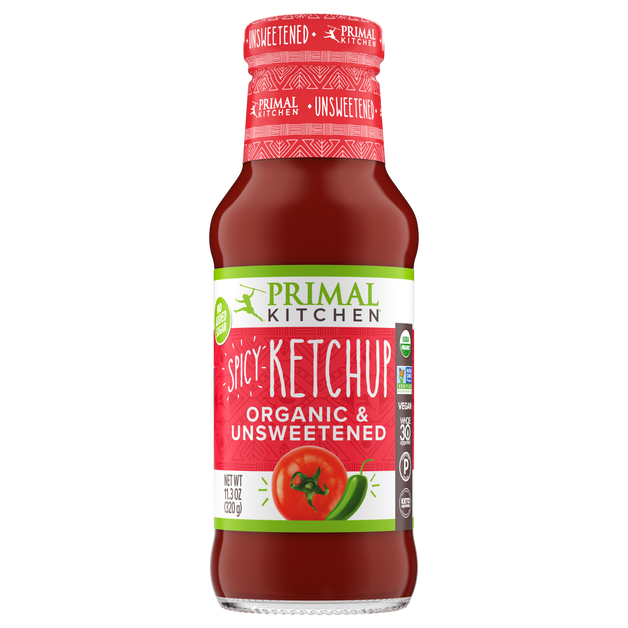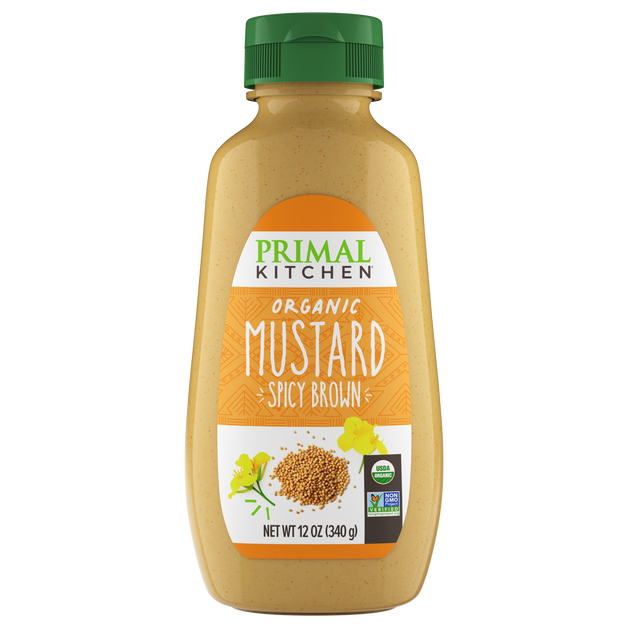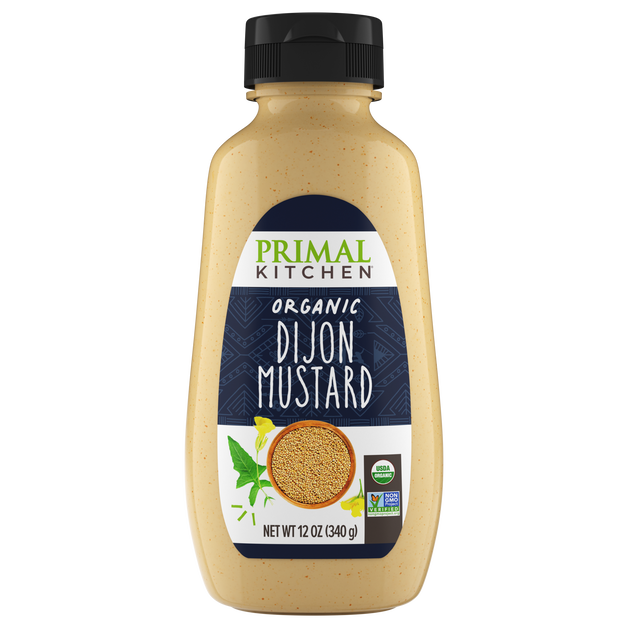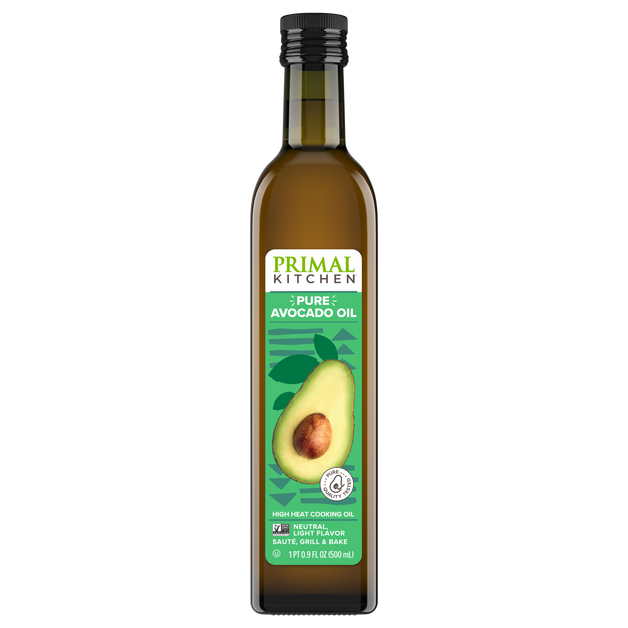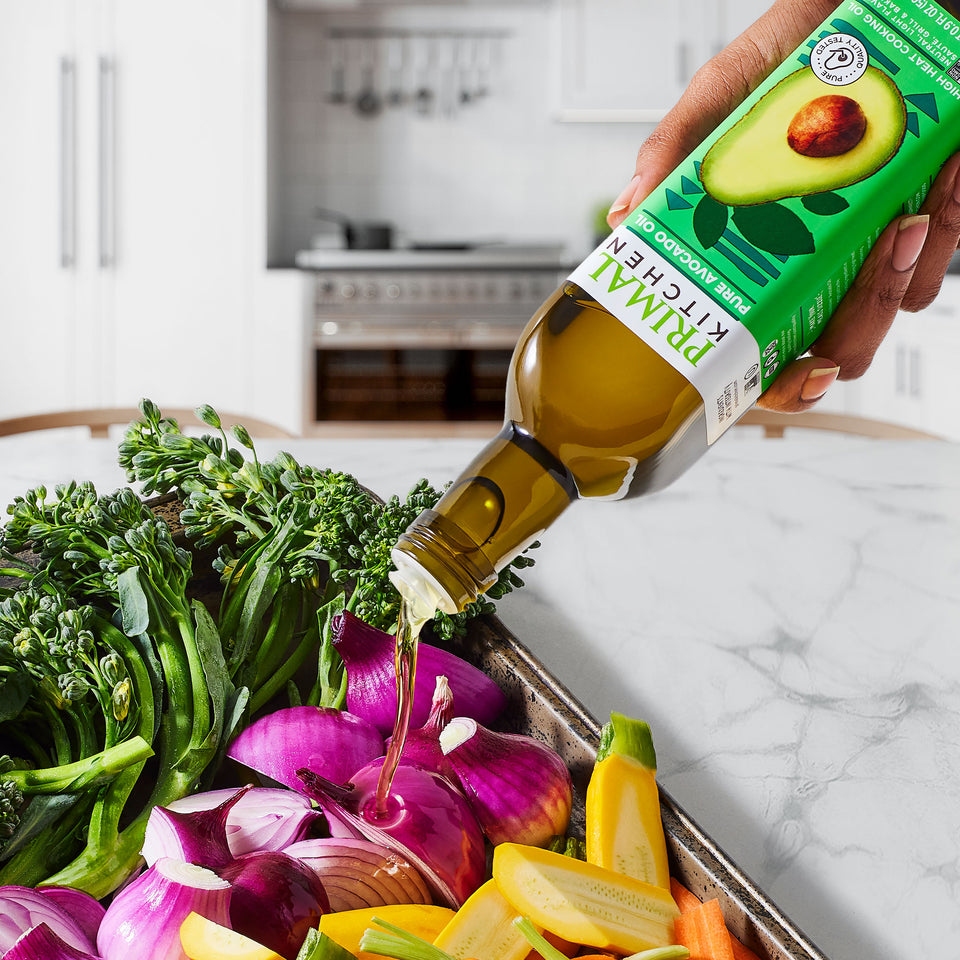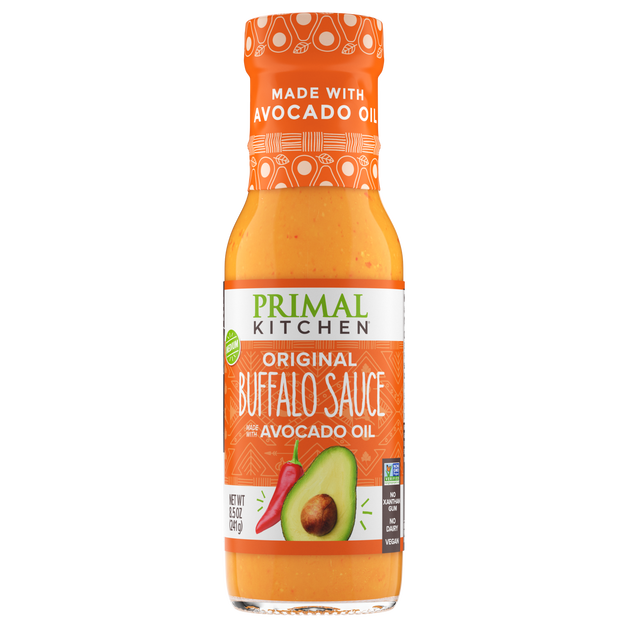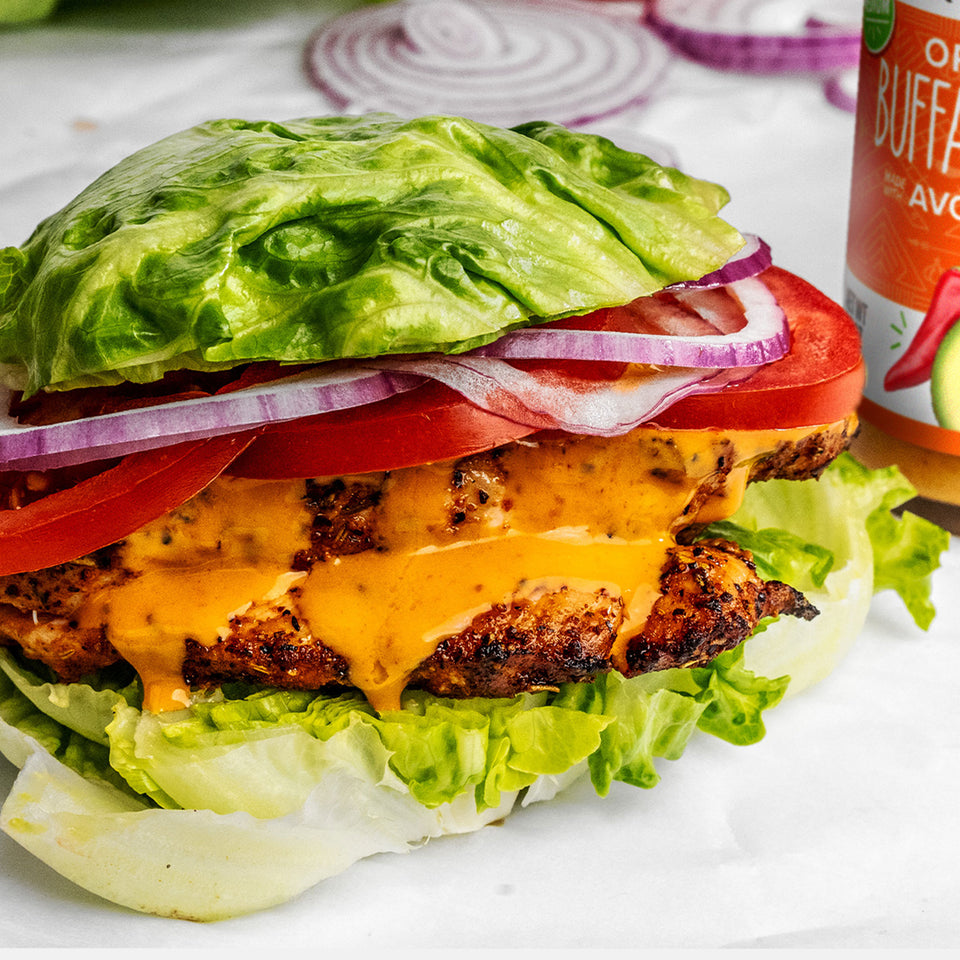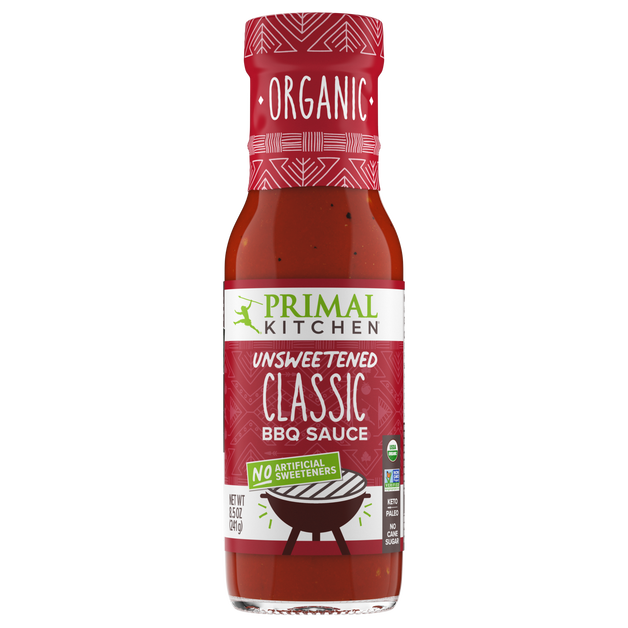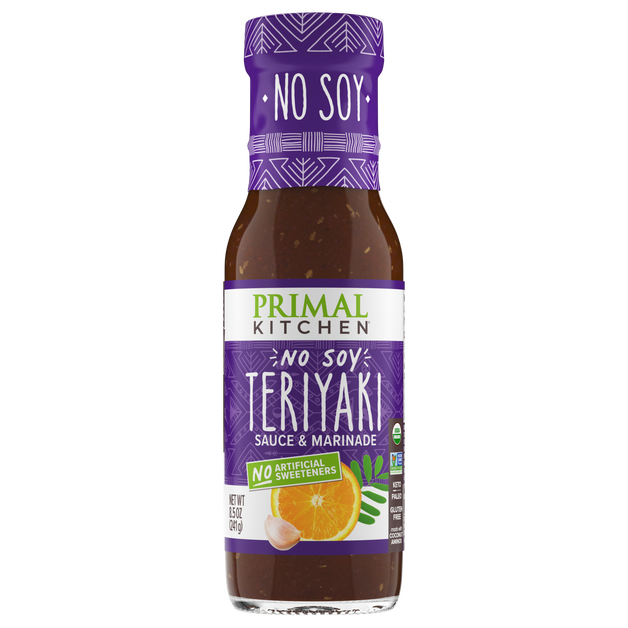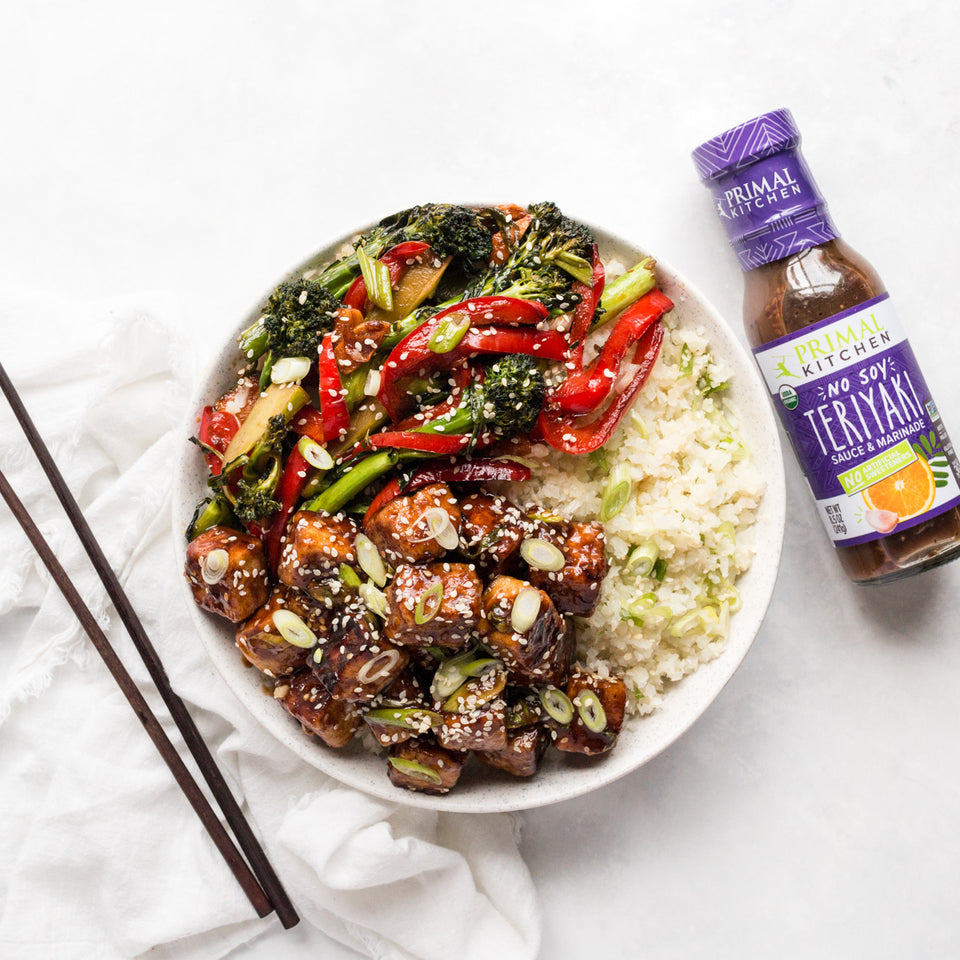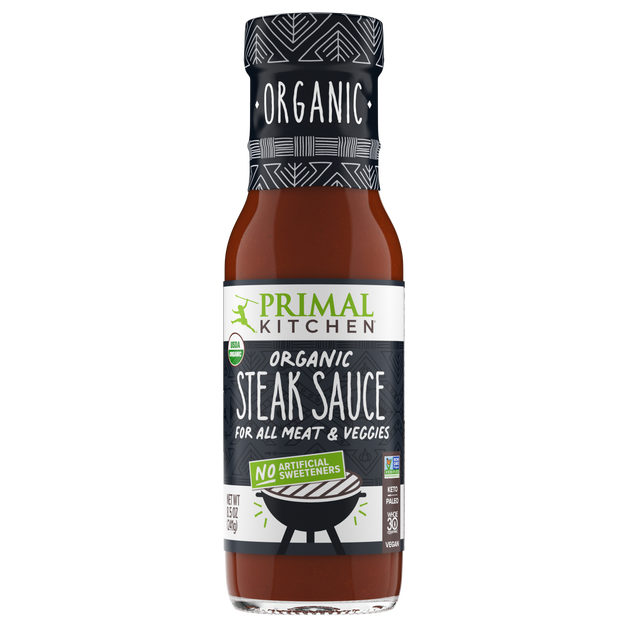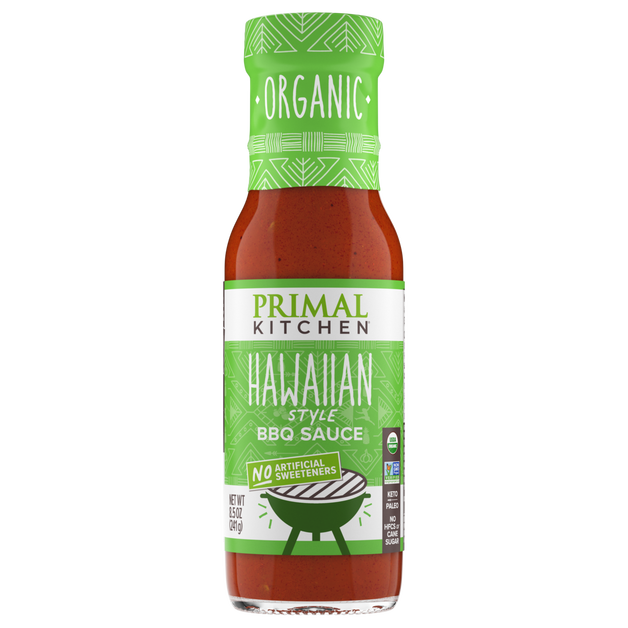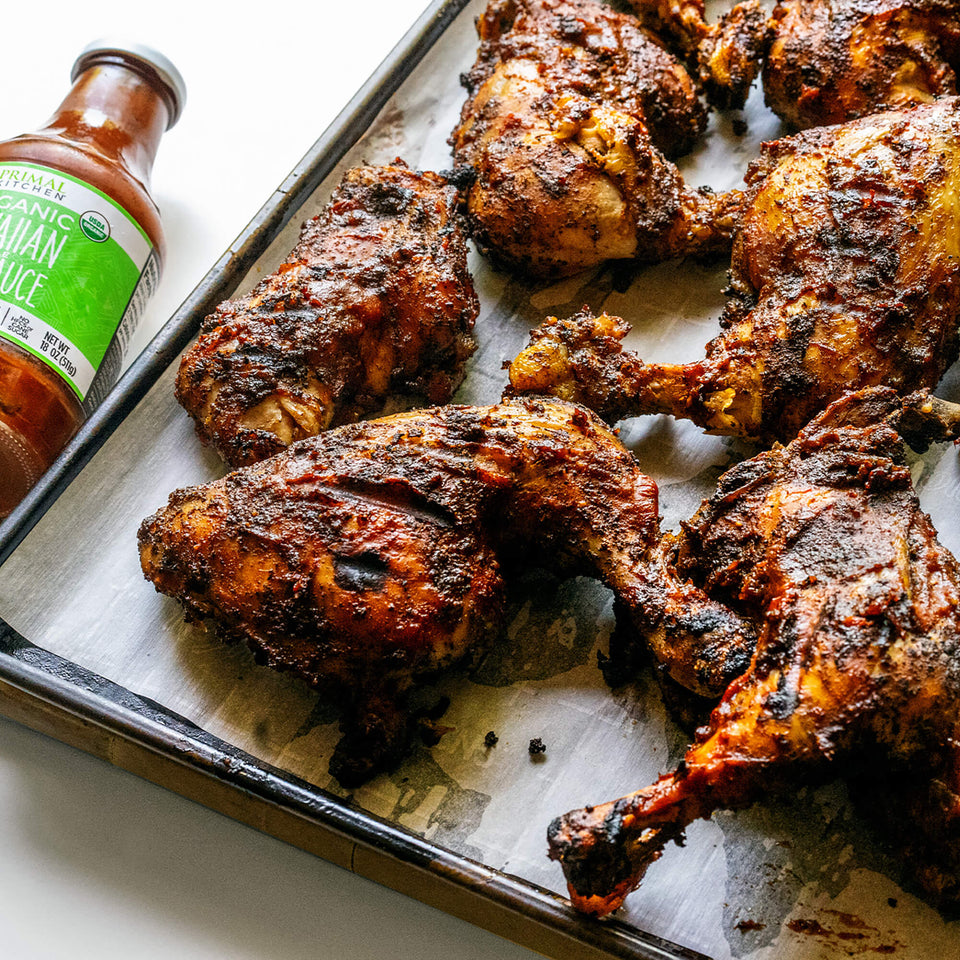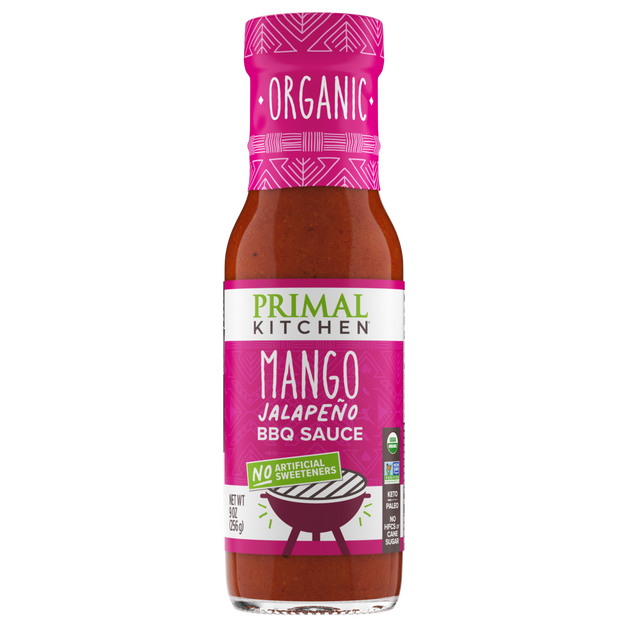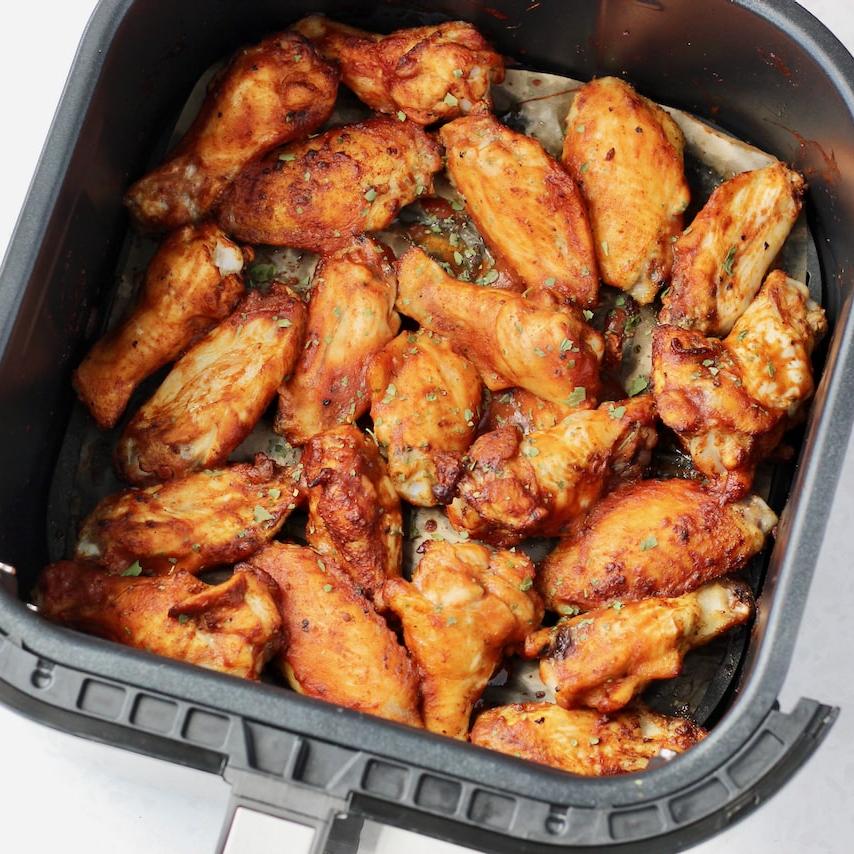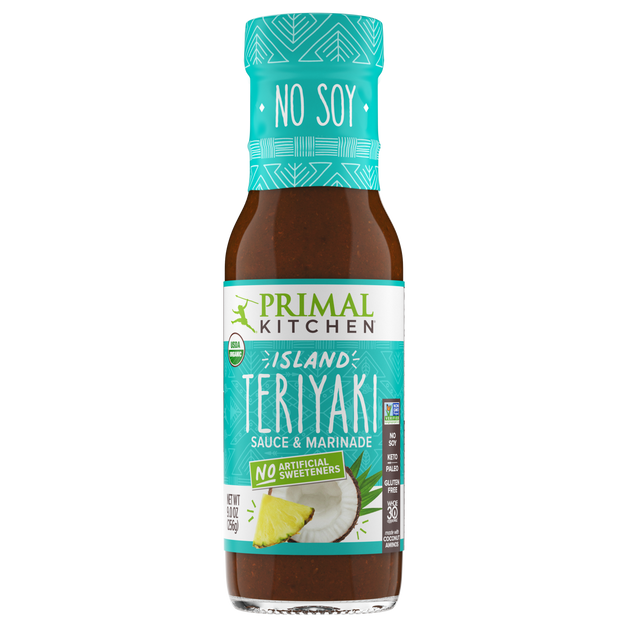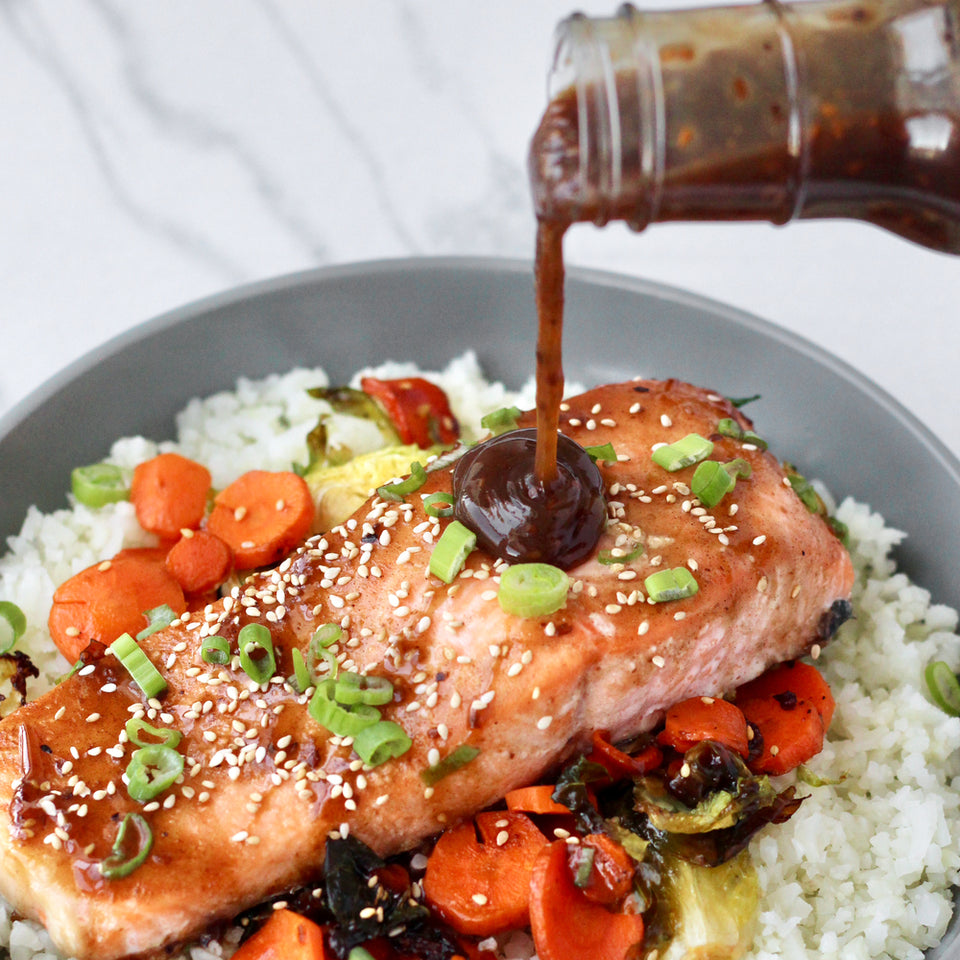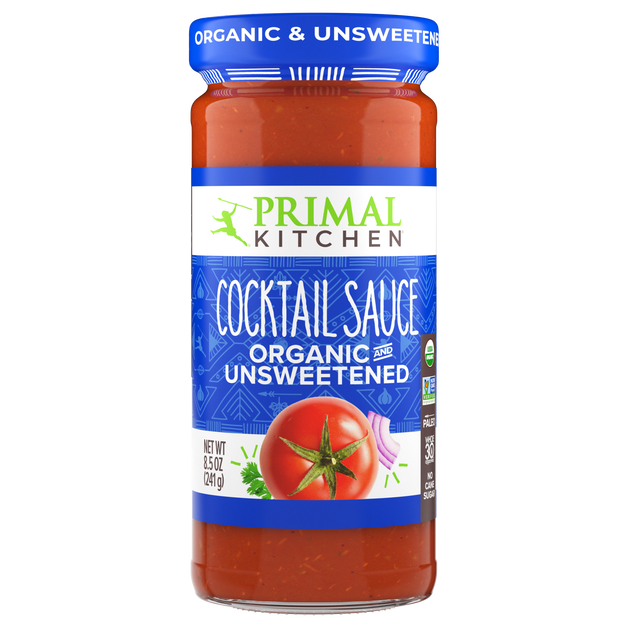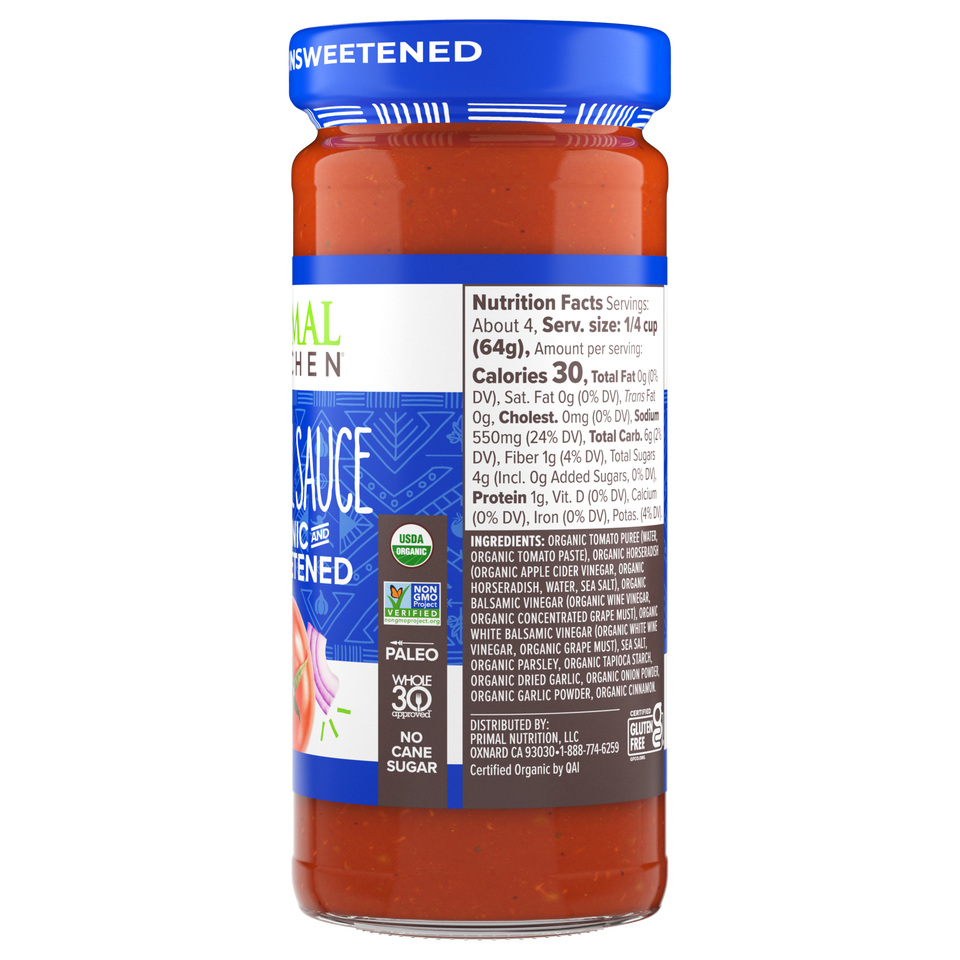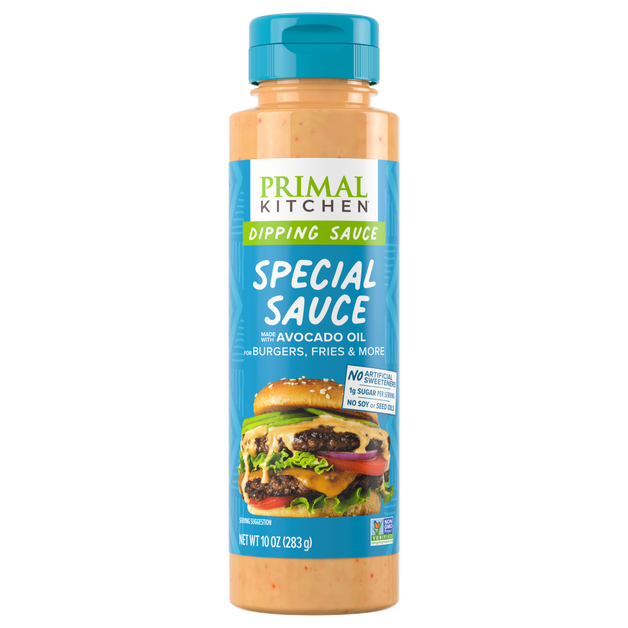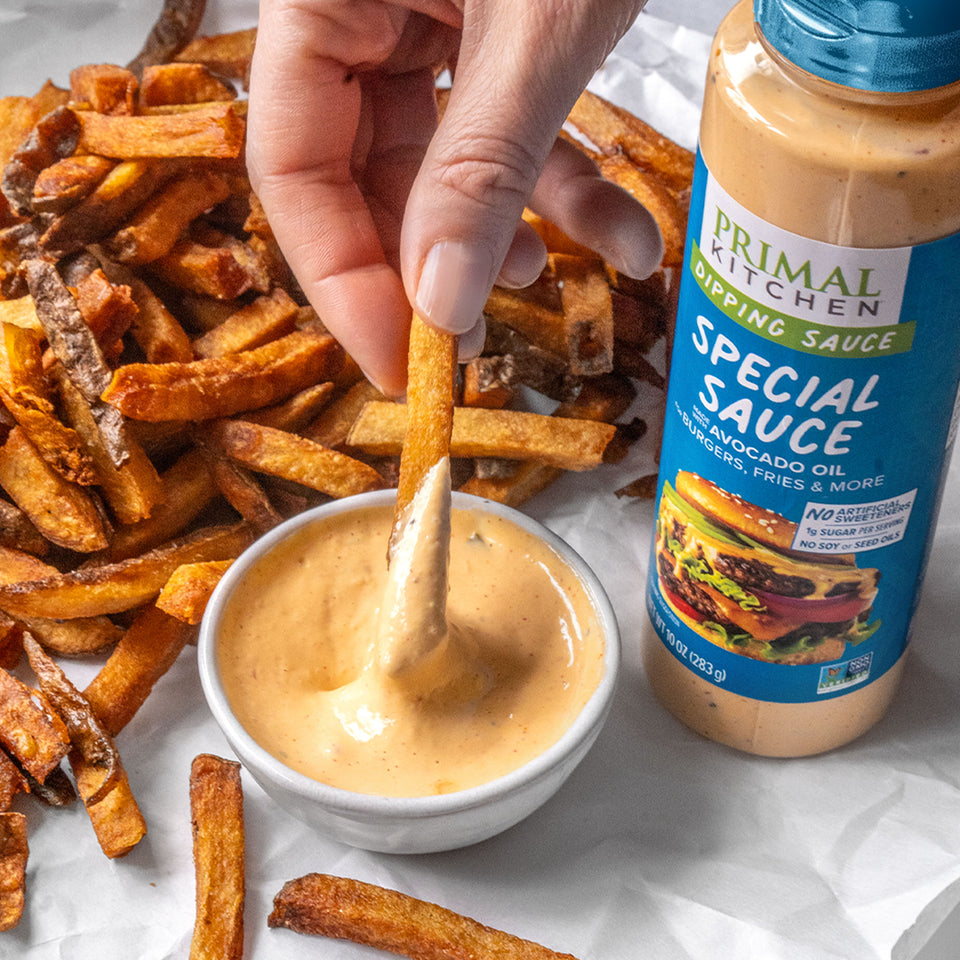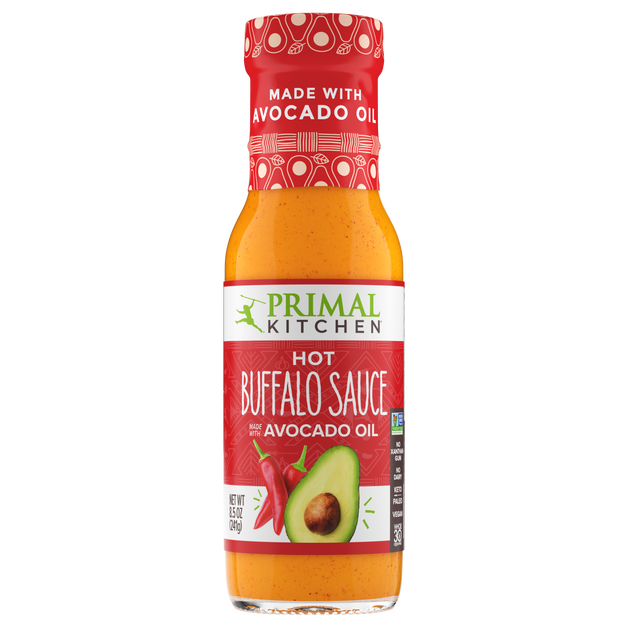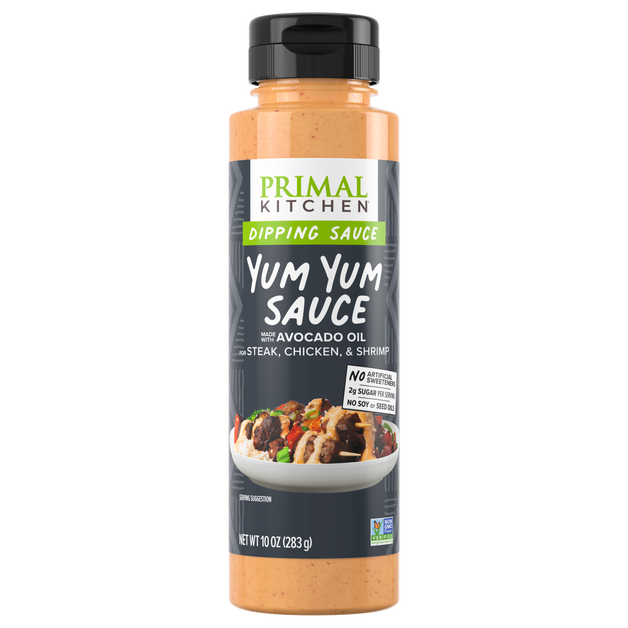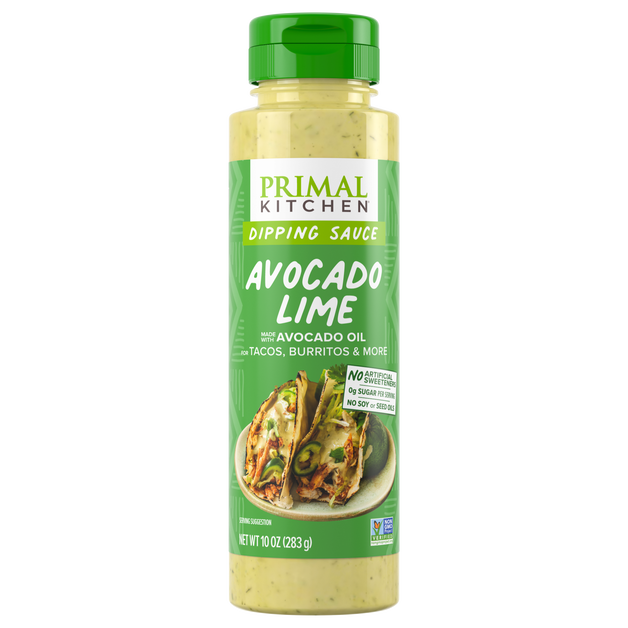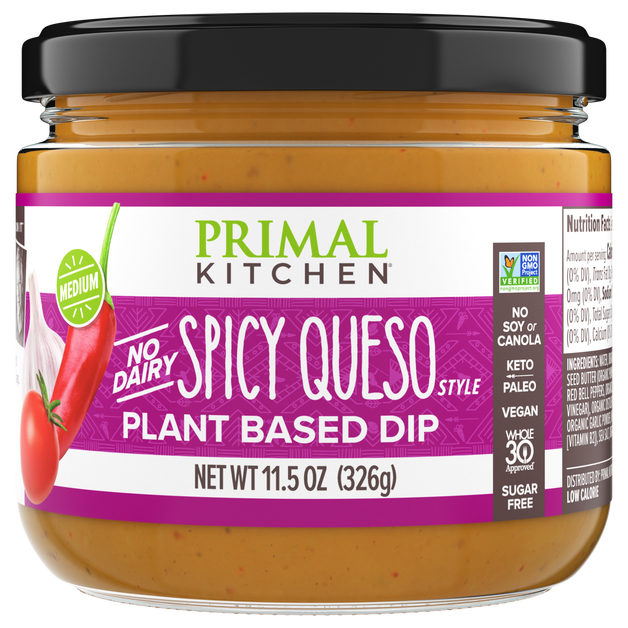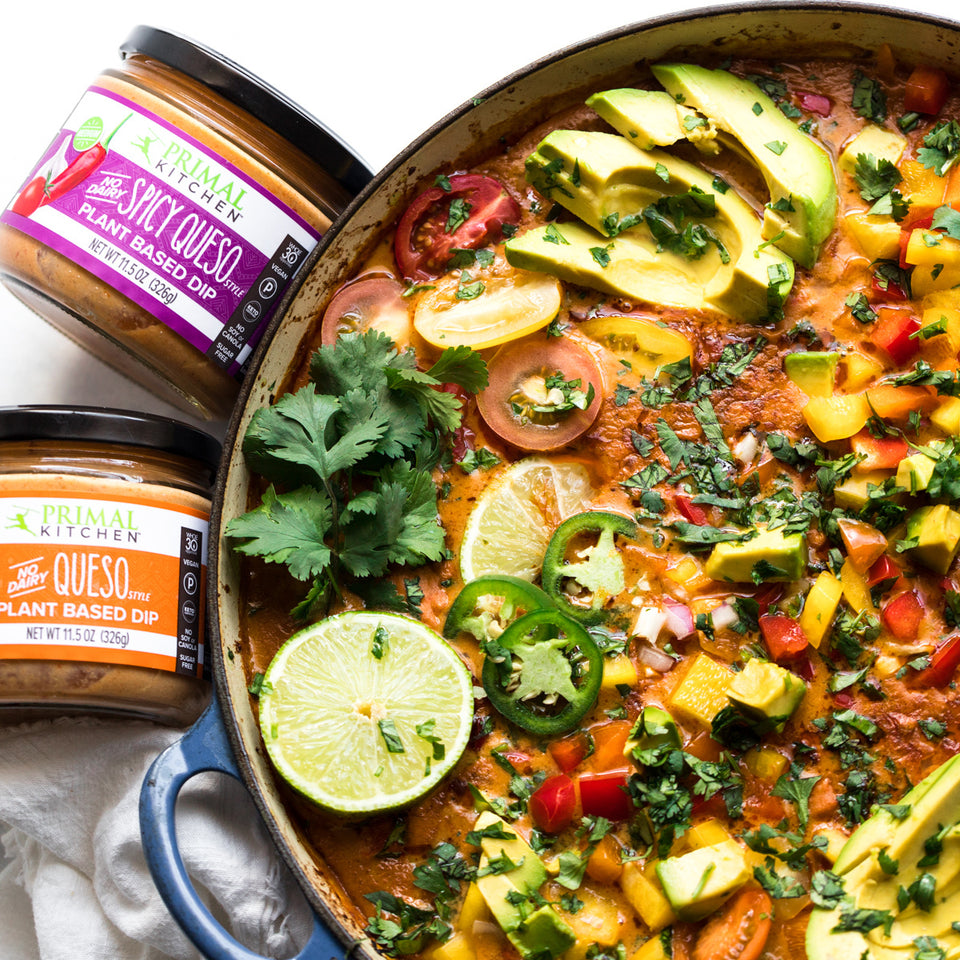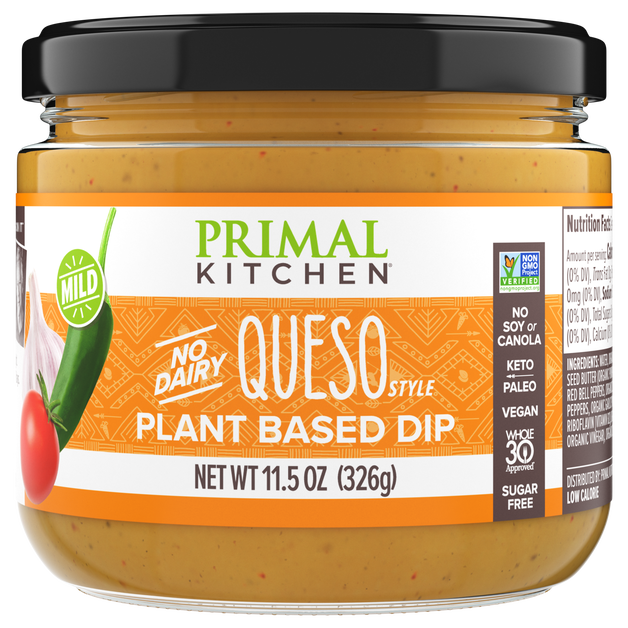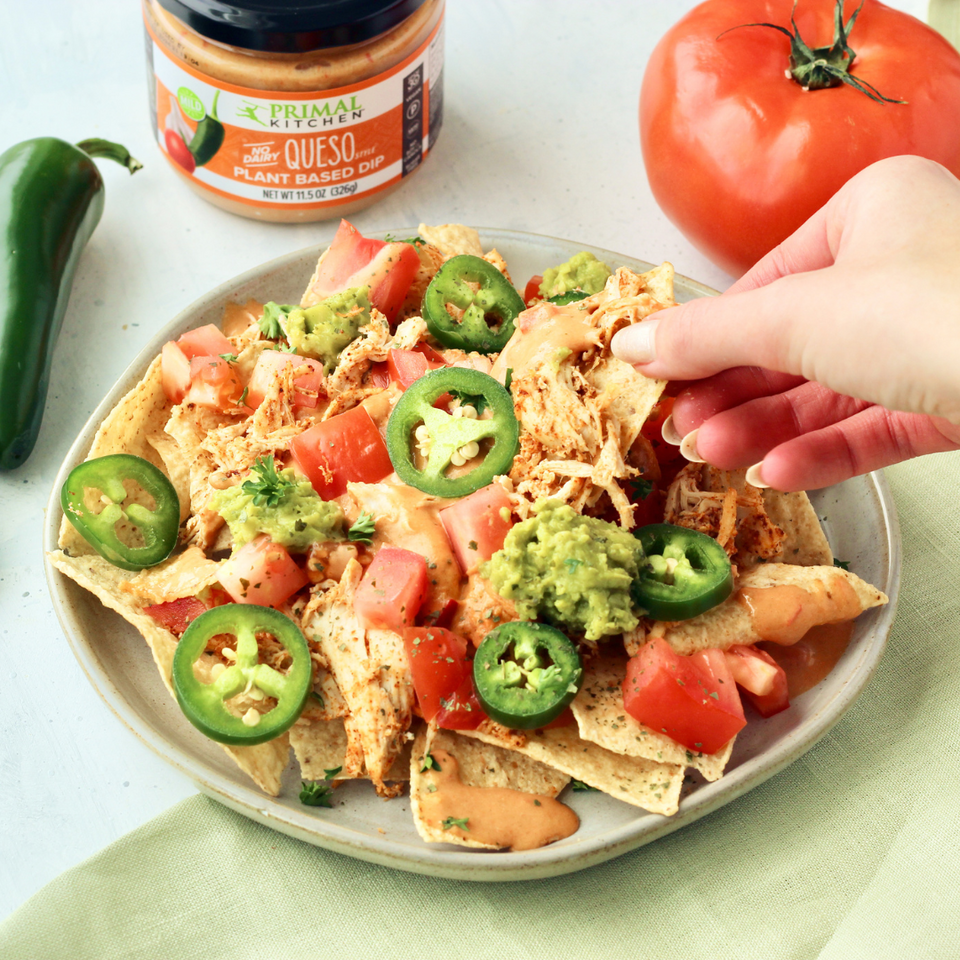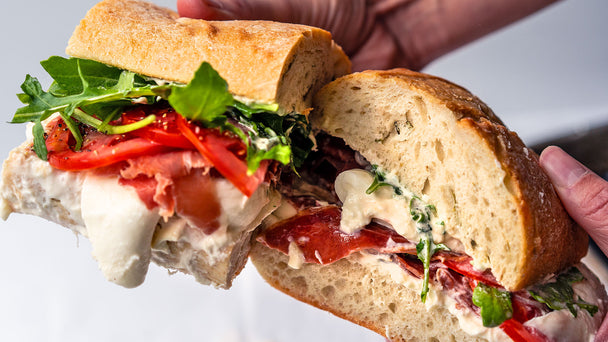Mashed potatoes are a staple side dish at holiday meals, especially on Thanksgiving. So what do you do if you or one of your guests isn’t a fan of this tasty tuber? Or perhaps you’re limiting carb intake, following a keto diet, or avoiding nightshades? In that case, you’ll be looking for mashed potato alternatives. After all, you need a vehicle for that savory gravy!
Lest you worry that cauliflower “mashed potatoes” are your only option, we have a bevy of delicious potato alternatives that will slip seamlessly into mashed potatoes’ place on your dinner plate. (Although, mashed cauliflower can be quite delicious, especially when you make it with our Ranch Dressing.)
Even if you’re a die-hard potato lover, check out the options and tips below to find new ways to add real ingredients to your next holiday meal.

Alternatives to Traditional Mashed Potatoes
Did you know that one cup of mashed potatoes has around 40 grams of net carbohydrates? For someone following a low-carb or keto diet, which typically caps your daily carb intake at 50 grams at most, that can make mashed potatoes hard to swallow.
But that’s not the only reason you might want to add new and different holiday side dishes to your next feast. Even if you love mashed potatoes, variety is the spice of life! Each of the root vegetables and winter squashes below has a unique flavor profile. Some, like carrots, butternut squash, and parsnips offer a natural sweetness, while turnips pack a peppery kick that mellows the longer you cook them.
These are some other vegetables you can swap in place of mashed potatoes, along with how many grams of net carbs (total carbs minus fiber) are in one cup:*
- Cauliflower: 3.3 grams
- Turnips: 7.1 grams
- Celeriac/celery root: 9.0 grams
- Pumpkin: 9.2 grams
- Carrots: 11.5 grams
- Rutabaga: 11.5 grams
- Acorn squash: 15.2 grams
- Butternut squash: 24.1 grams
- Parsnip: 28.8 grams
- Sweet potato: 38.7 grams
How to Cook Root Vegetables and Winter Squashes
Hopefully, you’re feeling inspired to branch out beyond the standard mashed potato. Follow this formula to make sumptuous and savory side dishes:
Start by cutting your veggies into uniform pieces. If the vegetable has a distinct outer peel, remove it first or cut it away as you go. Generally, pieces around 1-inch square work well. Smaller pieces will cook faster, though, which is advantageous for hard varieties like butternut squash or pumpkin.
Next, choose your cooking method. Boiling, steaming, and roasting all work well. Roasting will bring out a richer flavor, but boiling is faster. No matter what method you use, the total cooking time will depend on the vegetable and how large you cut it. Cook the vegetables until you can easily pierce them with a fork.
When roasting, lightly coat the chopped vegetables with avocado oil and place in a hot oven at 375-425°F. (Pro tip: Instead of avocado oil, use an avocado oil-based dressing like Balsamic or Greek to impart a ton of flavor to the final dish.)
Now it’s time to mash. You can use a hand masher, food processor, blender, or immersion blender. Add a few tablespoons of butter, sour cream, mayo, cream, or the milk of your choice to create a smooth texture. Start with a little, and add more as needed.
Finally, add flavor. This is the fun part. Salt and pepper are the most basic options, but you can also add roasted garlic, fresh or dried herbs, cinnamon, or a sweetener like maple syrup if you’re not watching your carbs.
Let your creativity shine and step up your side dish game with different add-ins:
- Mix Buffalo Sauce into mashed cauliflower
- Make sweet potato casserole with Primal Kitchen Vanilla Collagen Fuel®
- Drizzle Golden BBQ Sauce over mashed turnips
Or, go the traditional route and serve your mashed vegetables with Classic Gravy or Mushroom Gravy. You can’t go wrong!
*Nutrition information from Cronometer.
